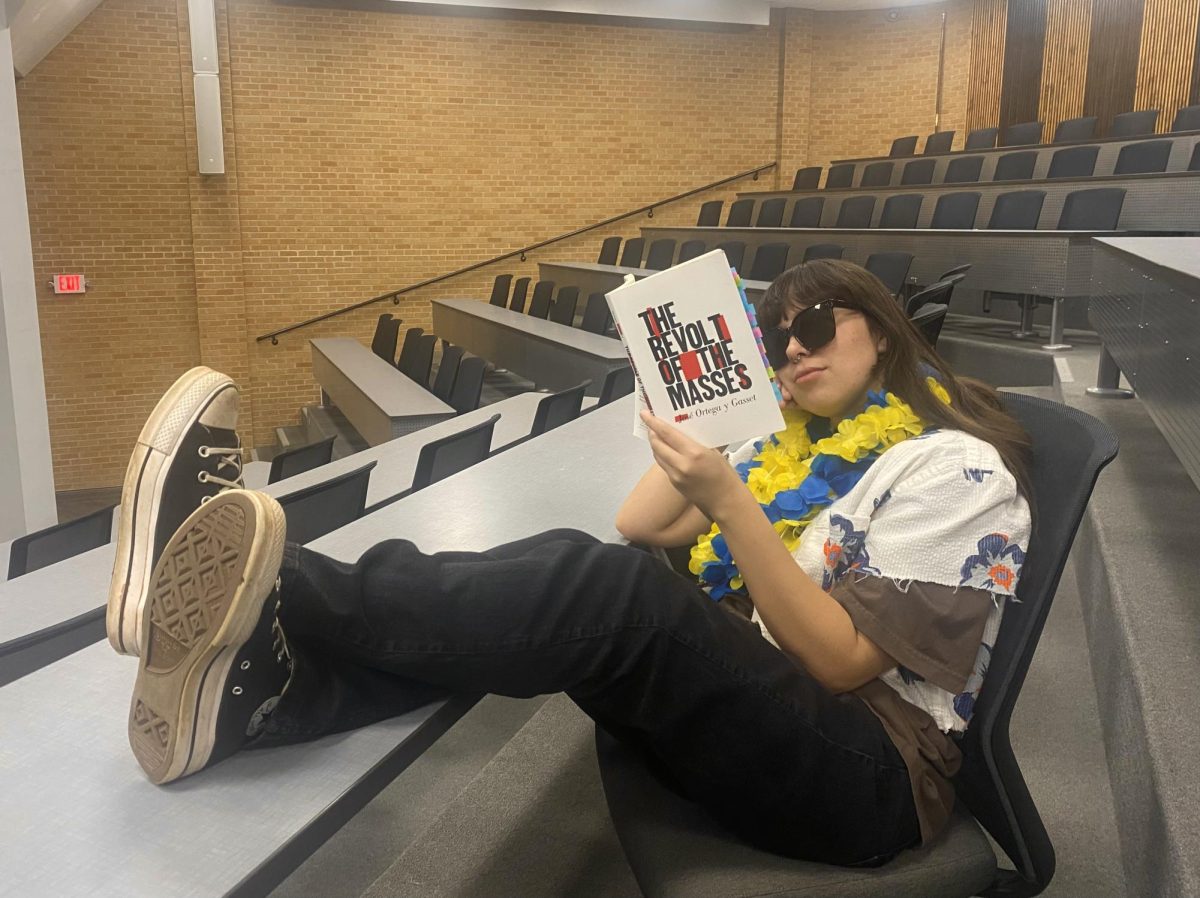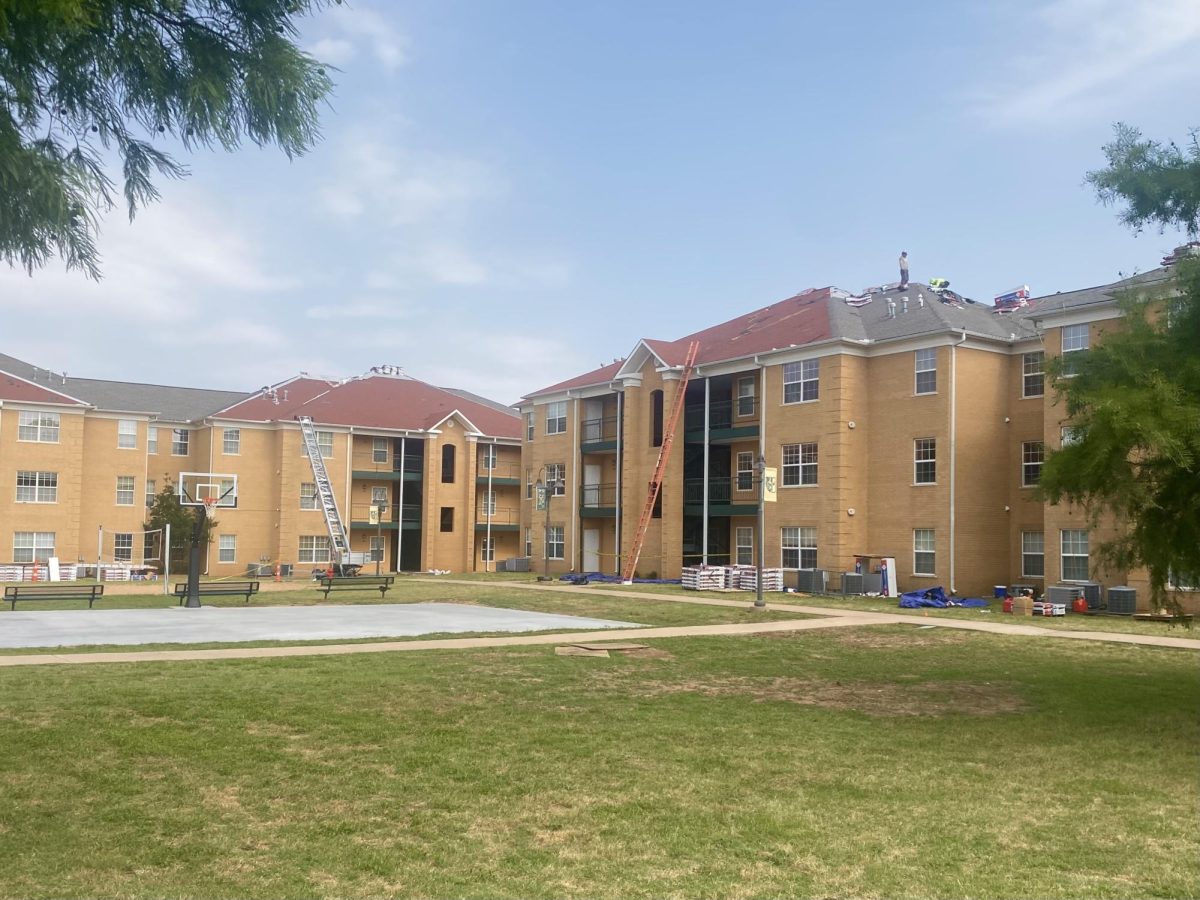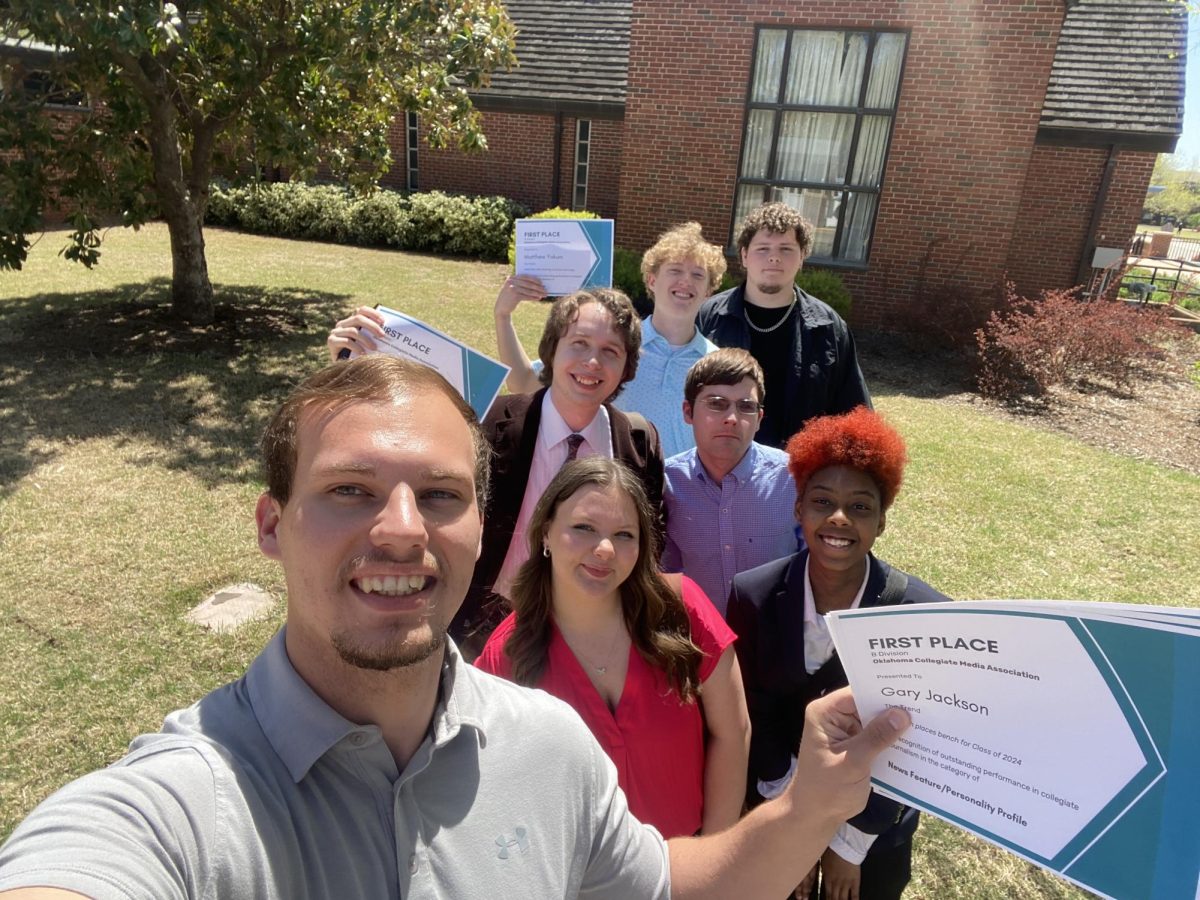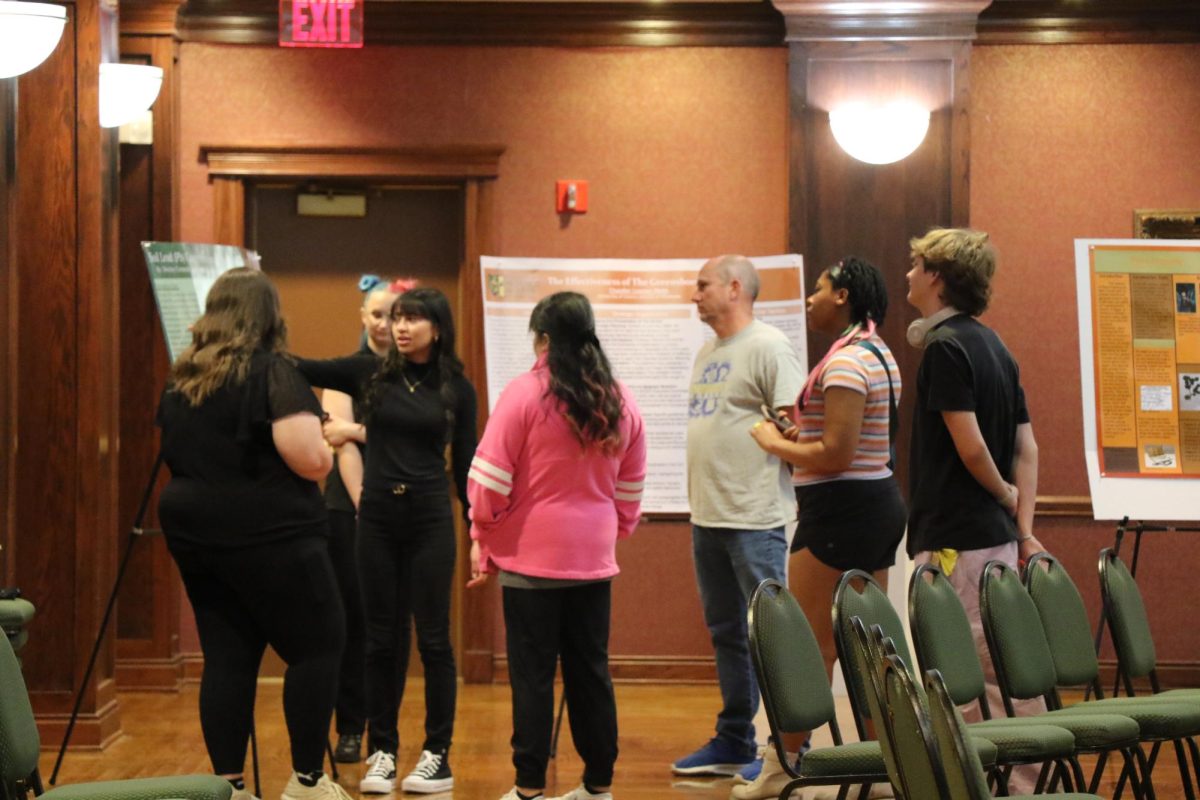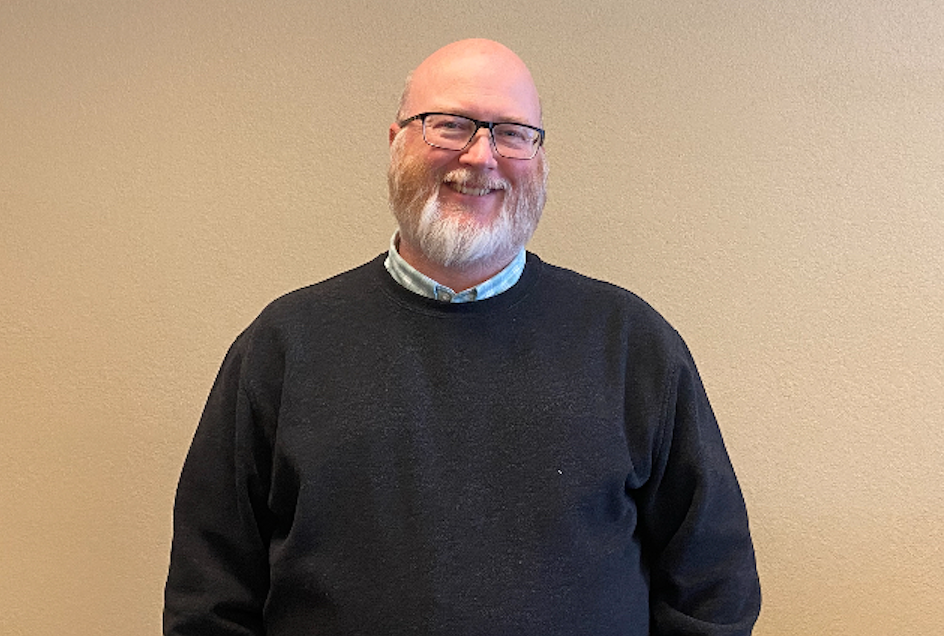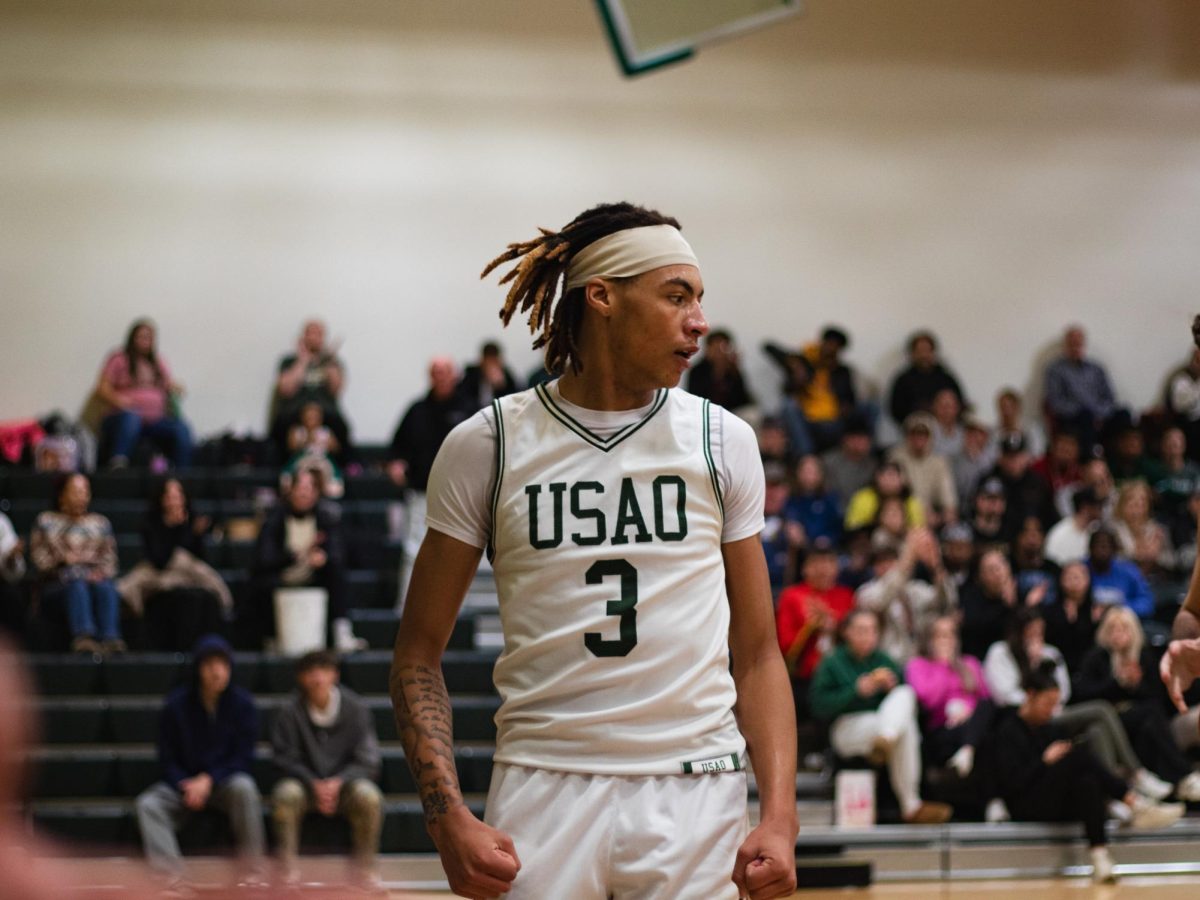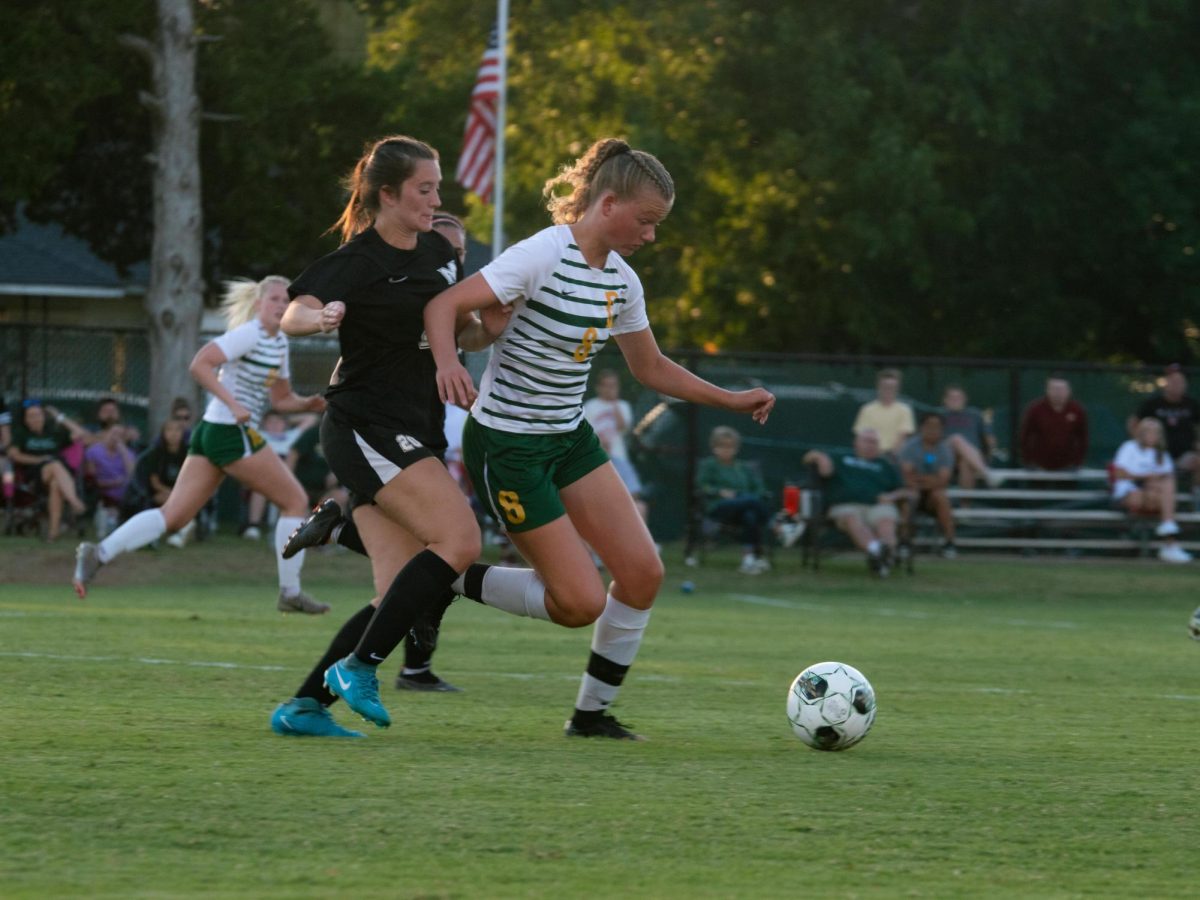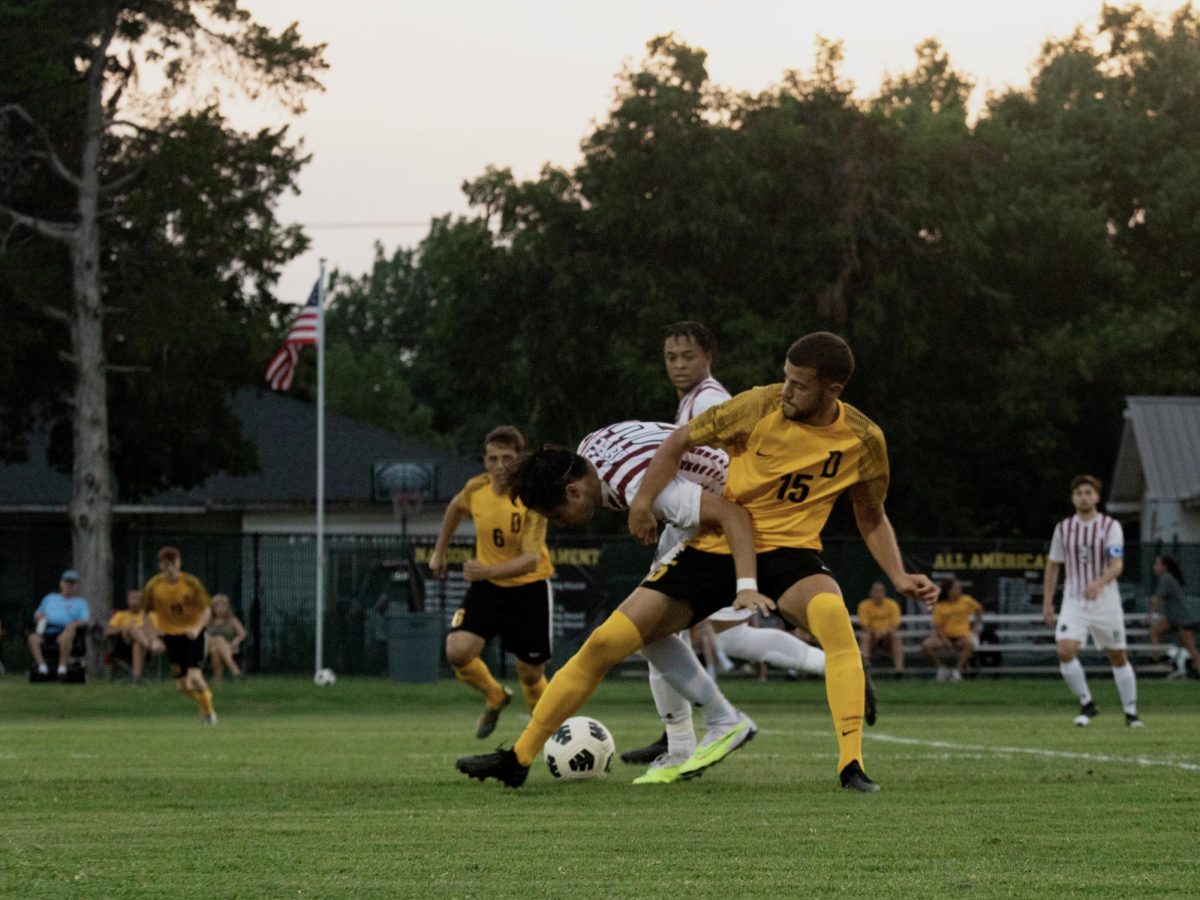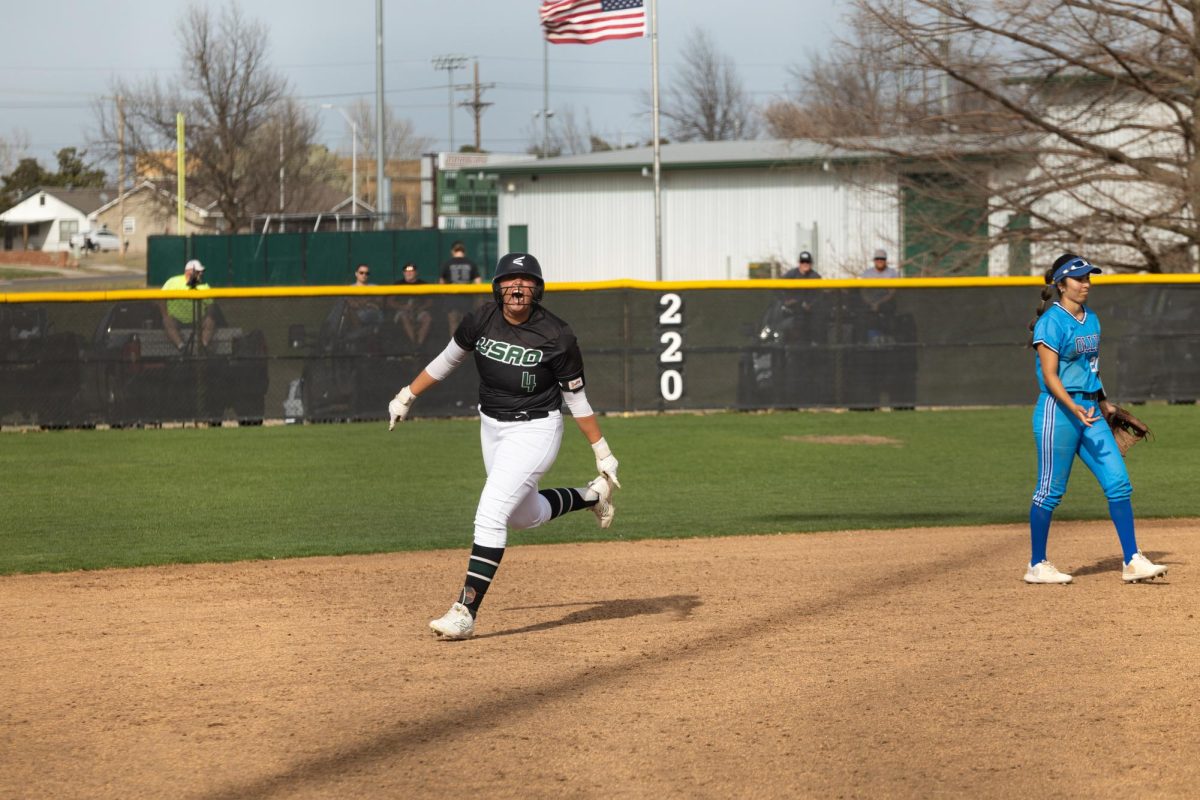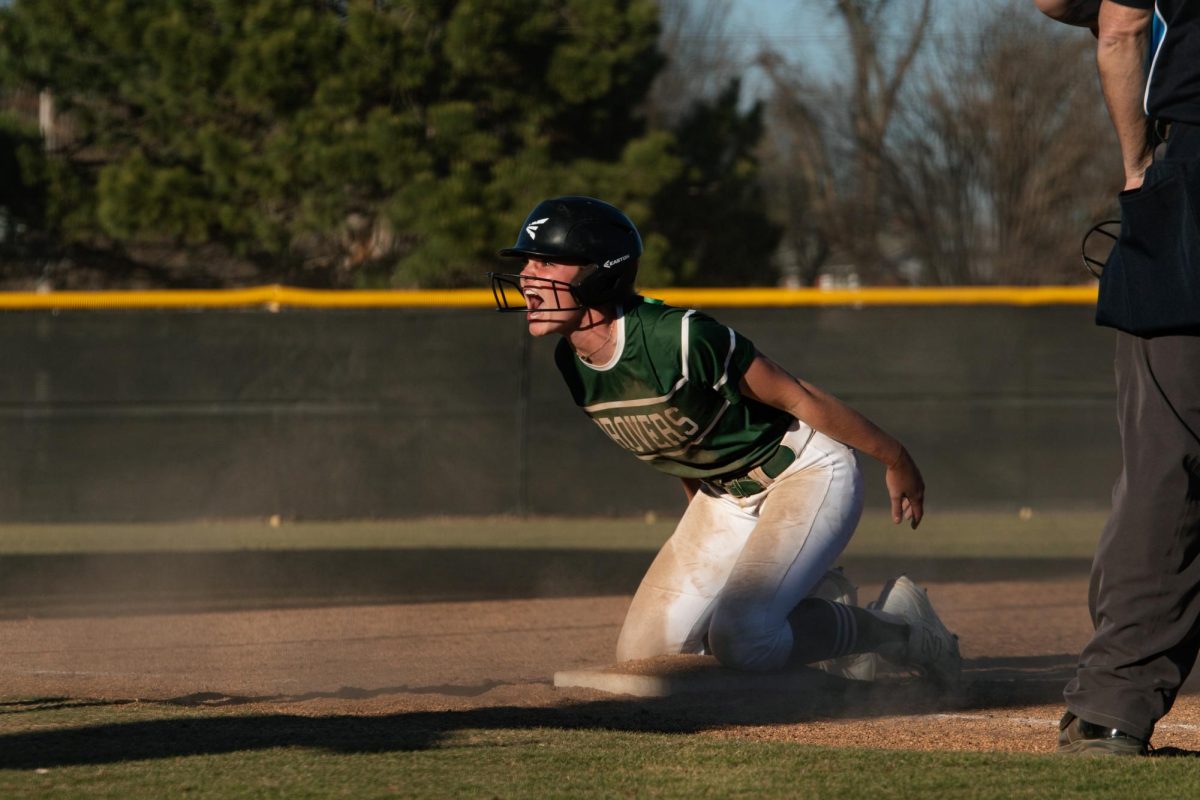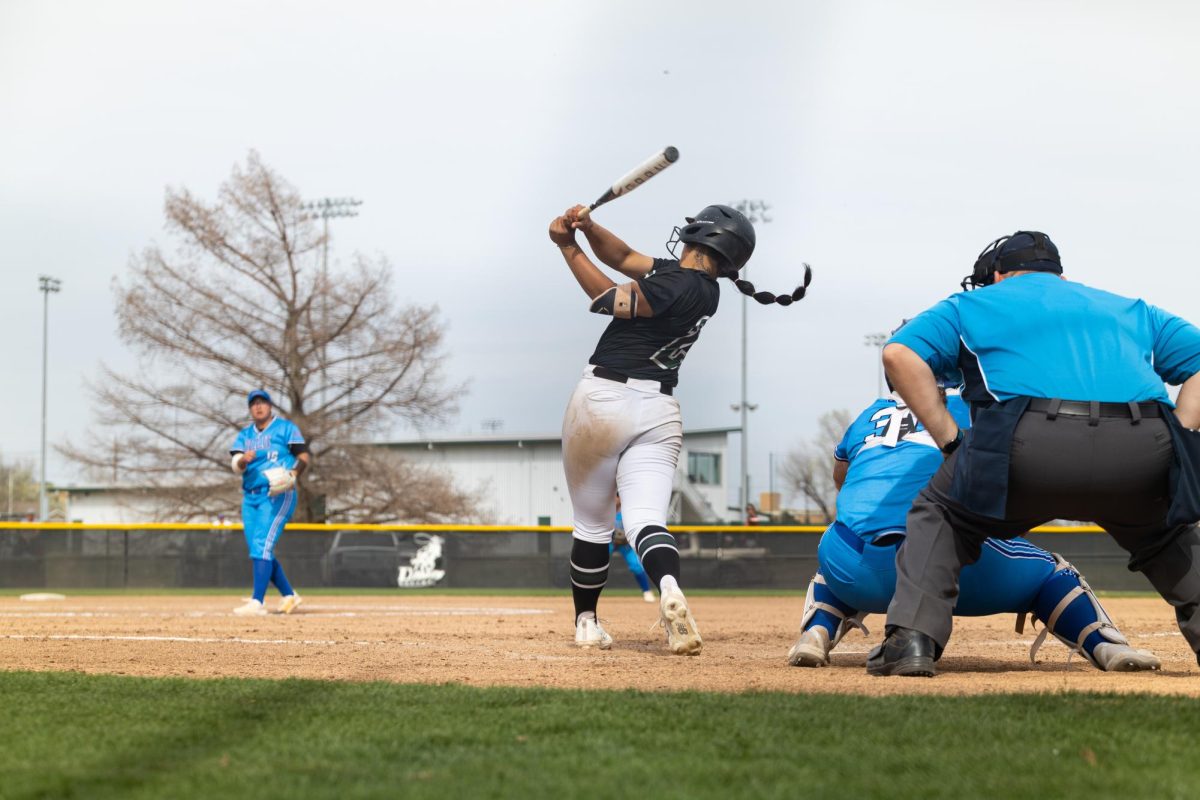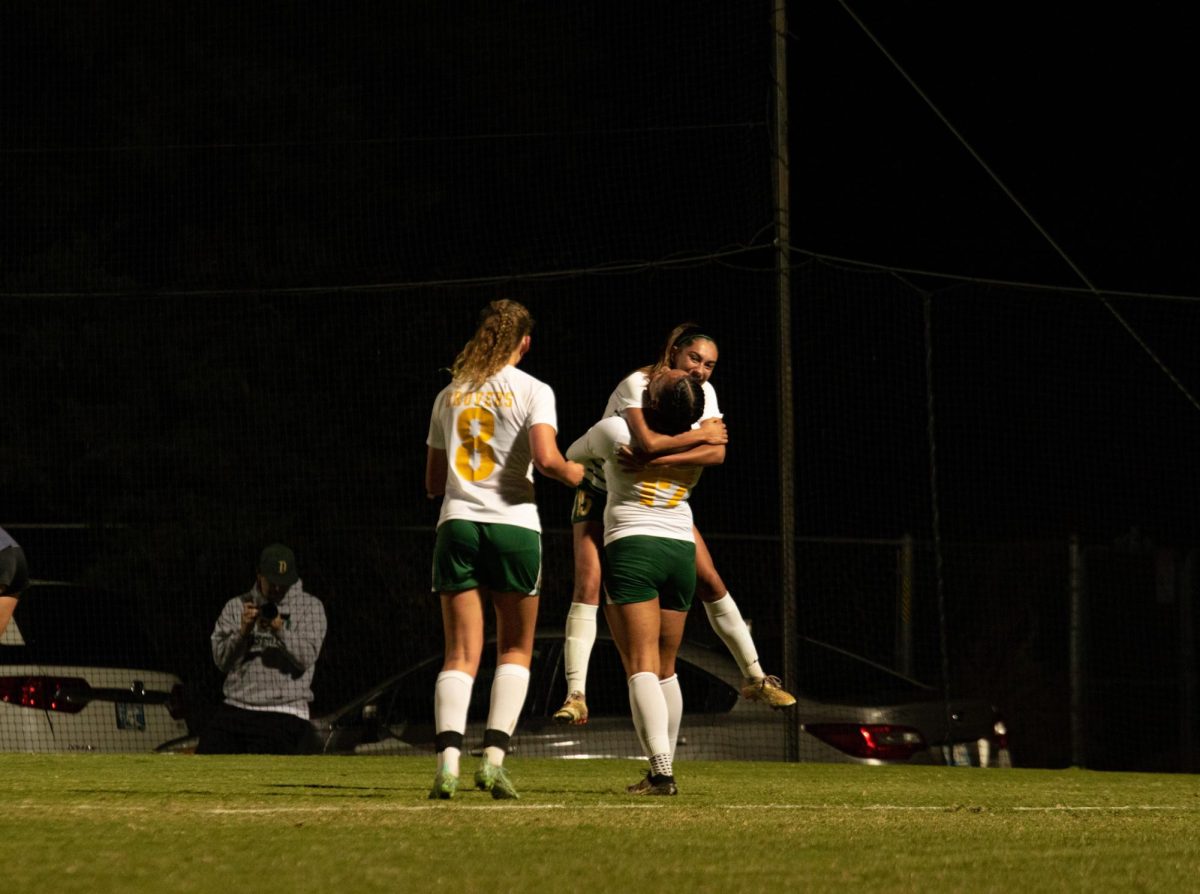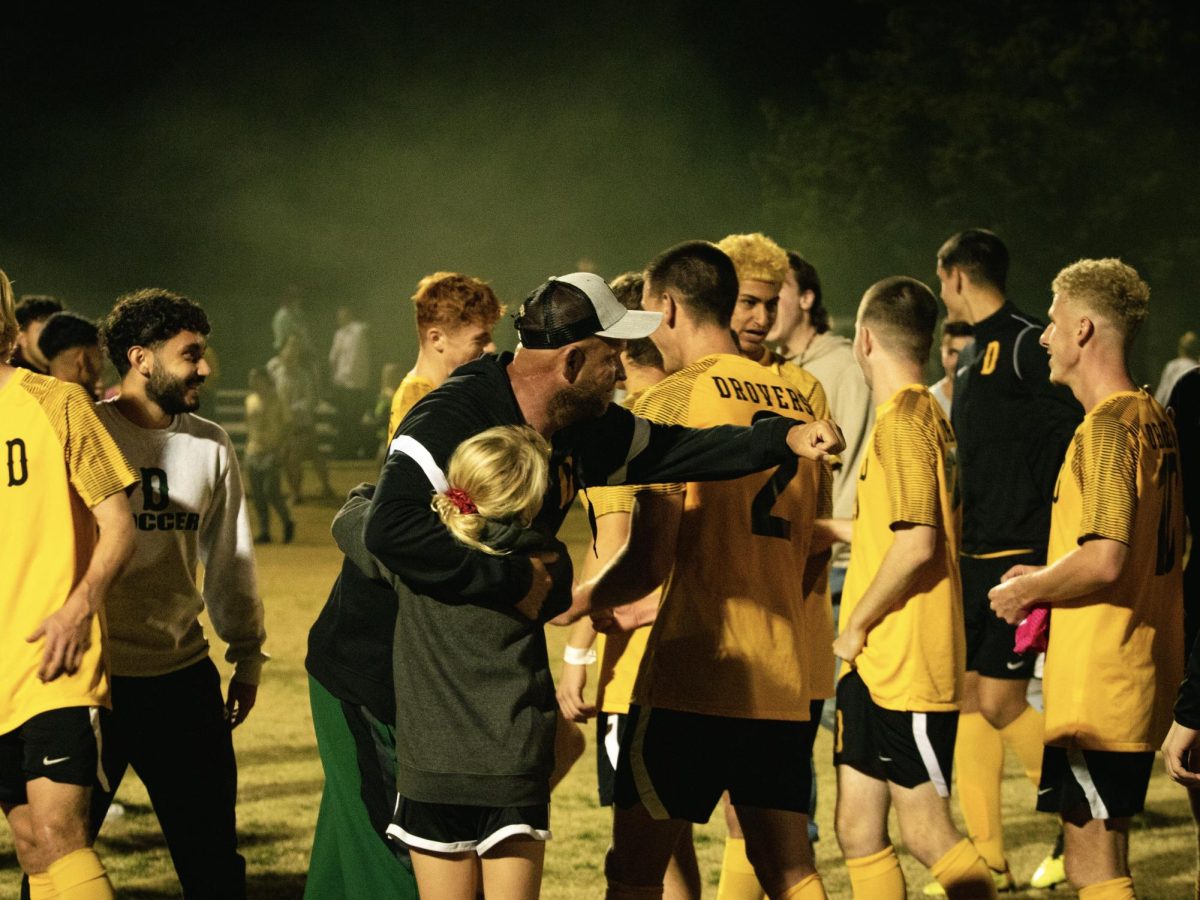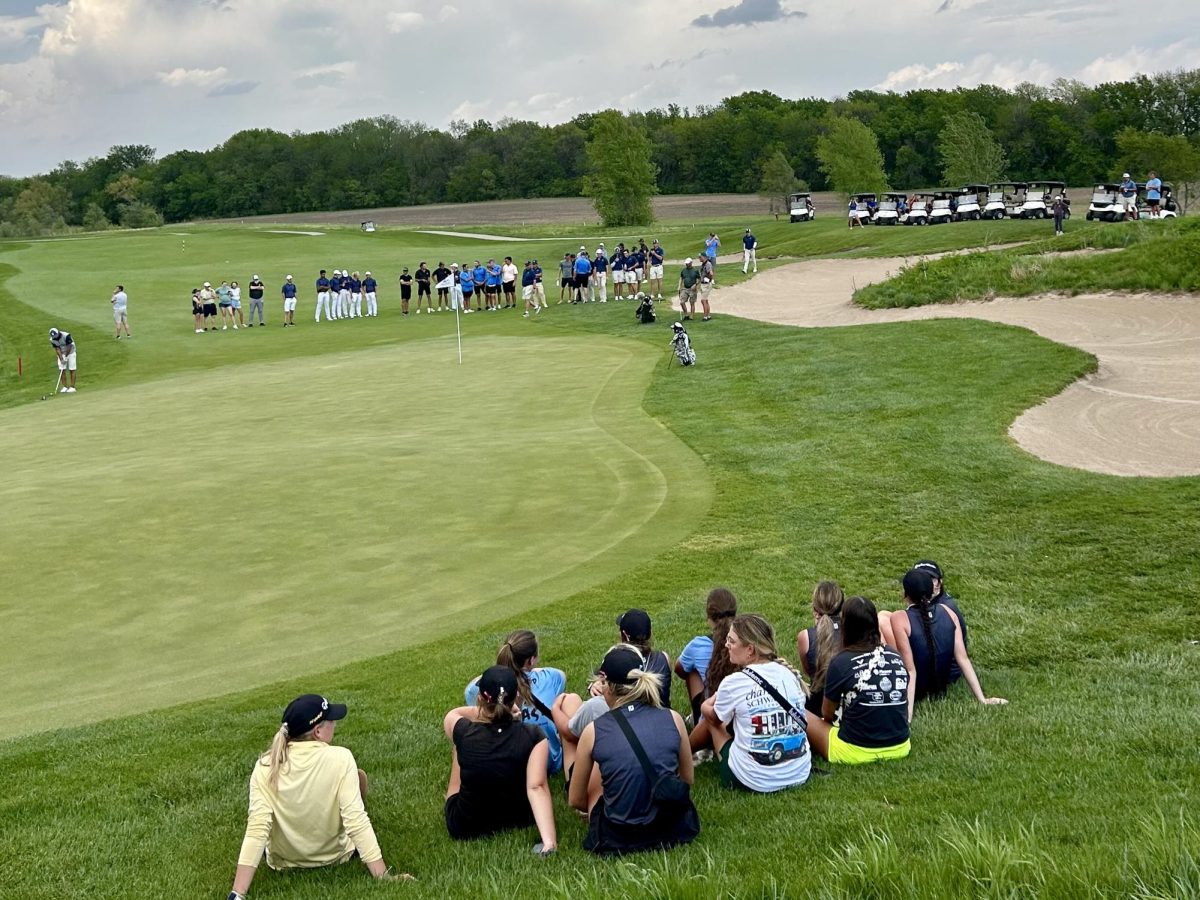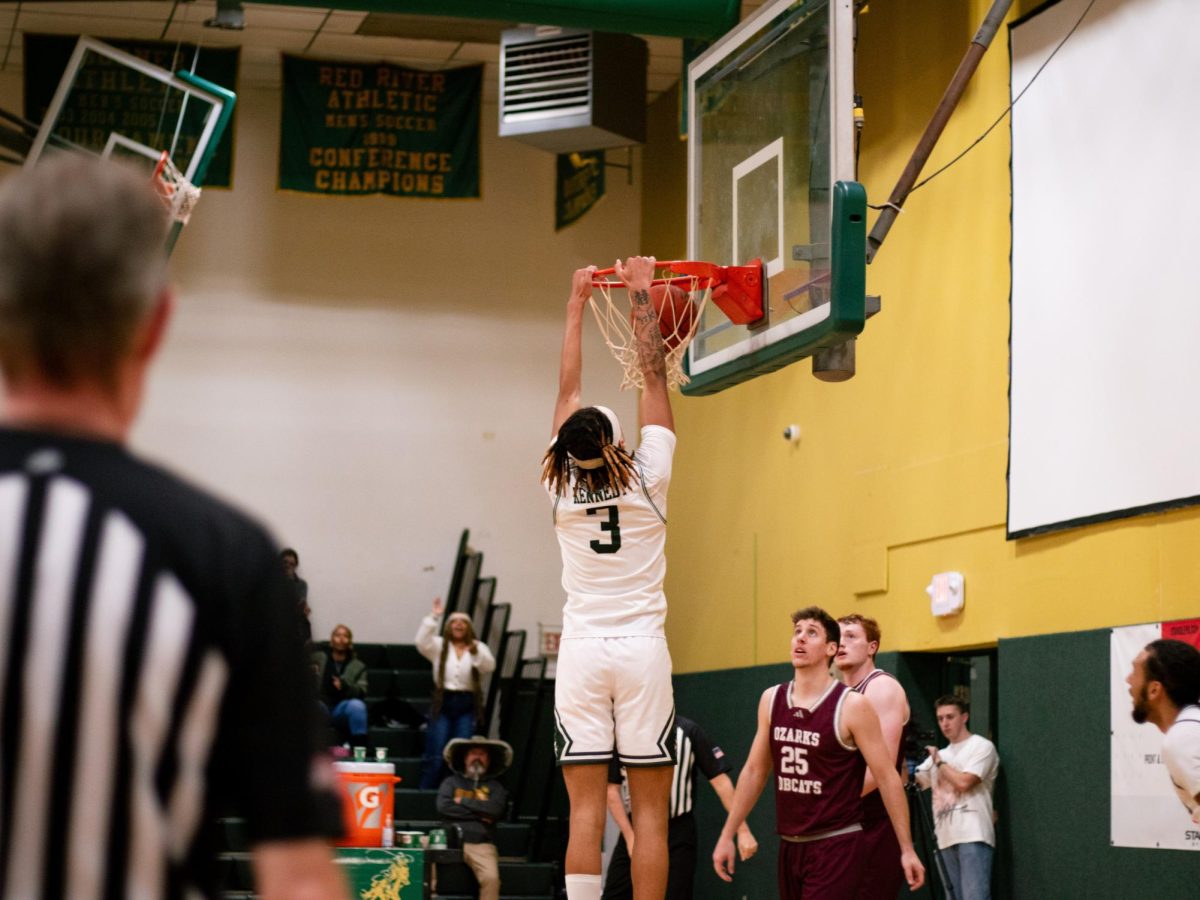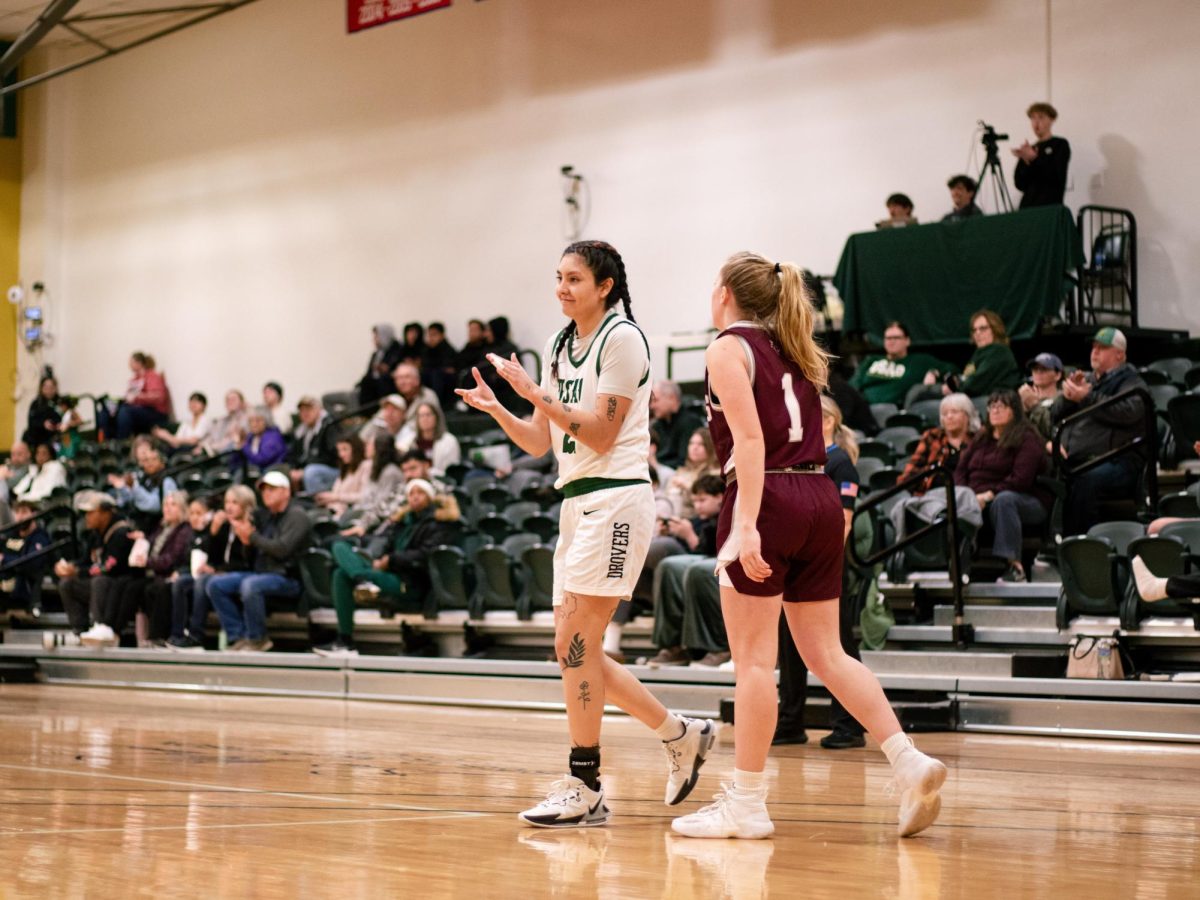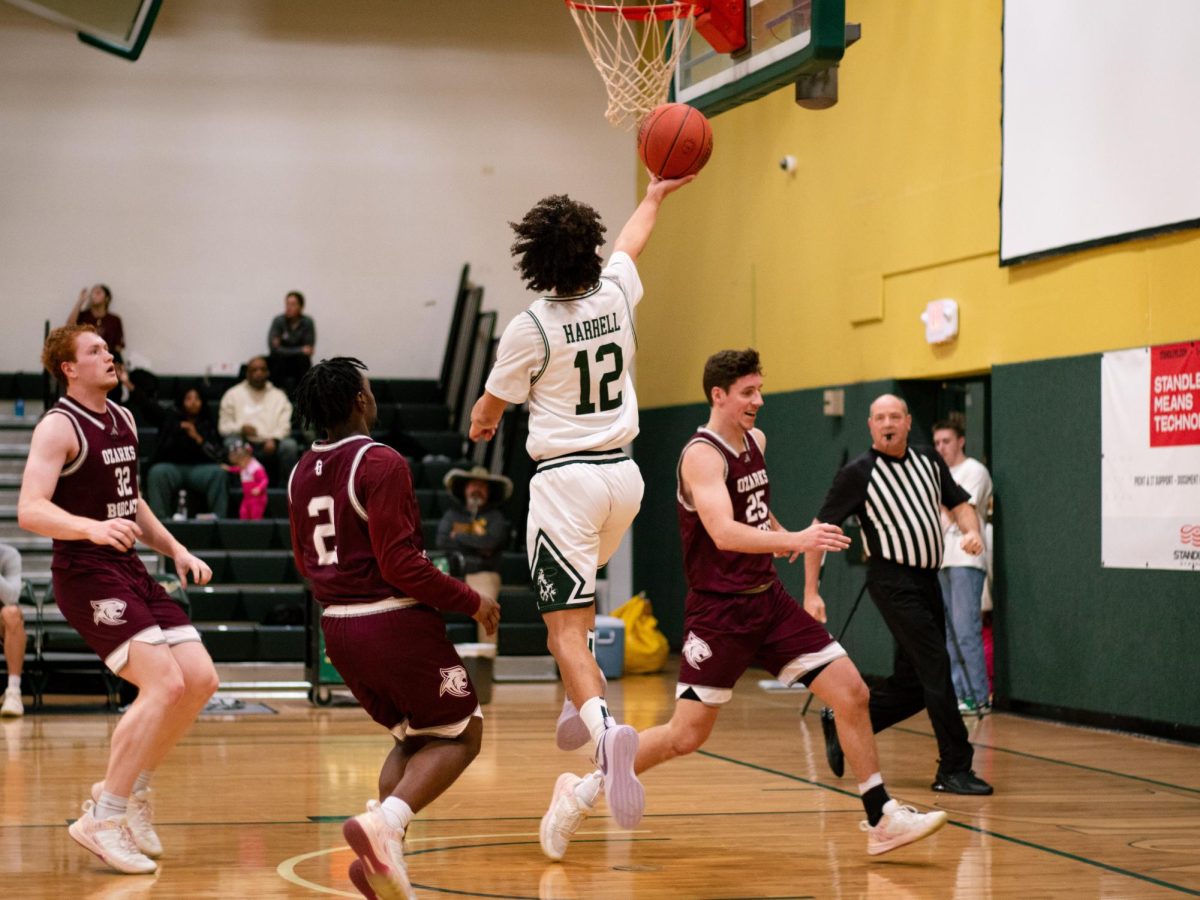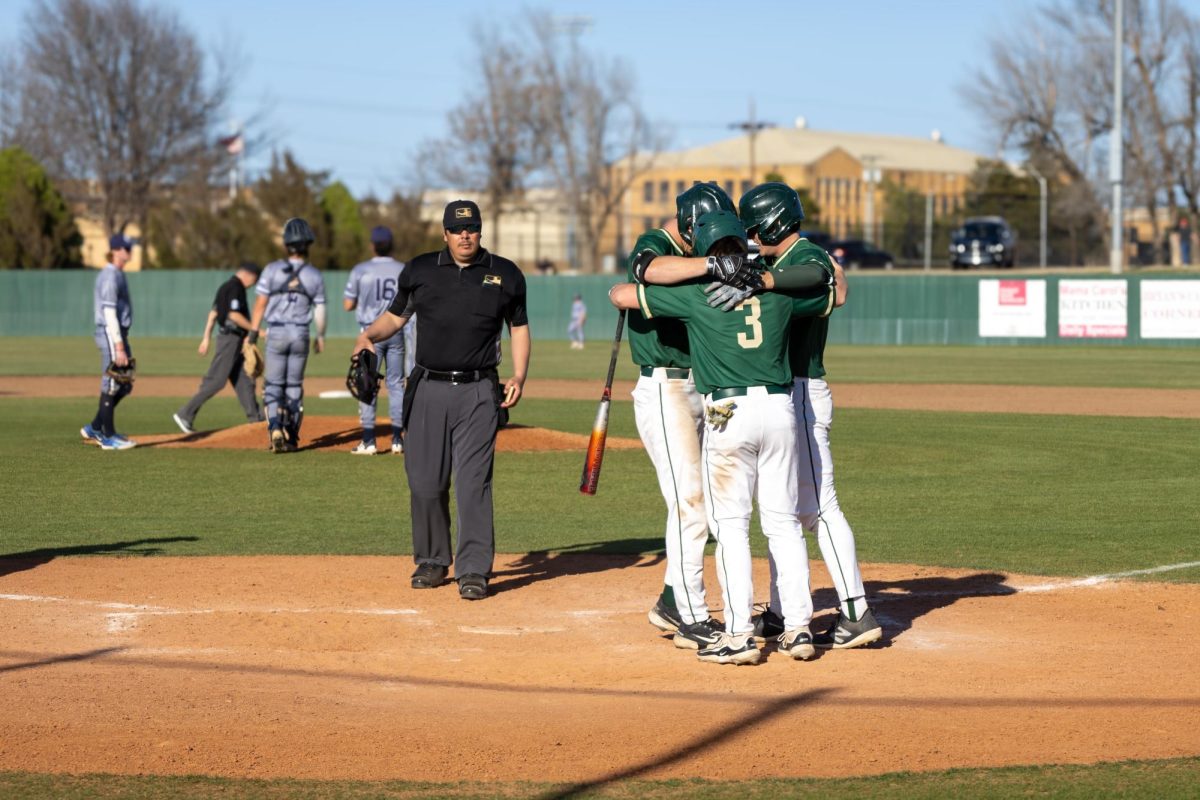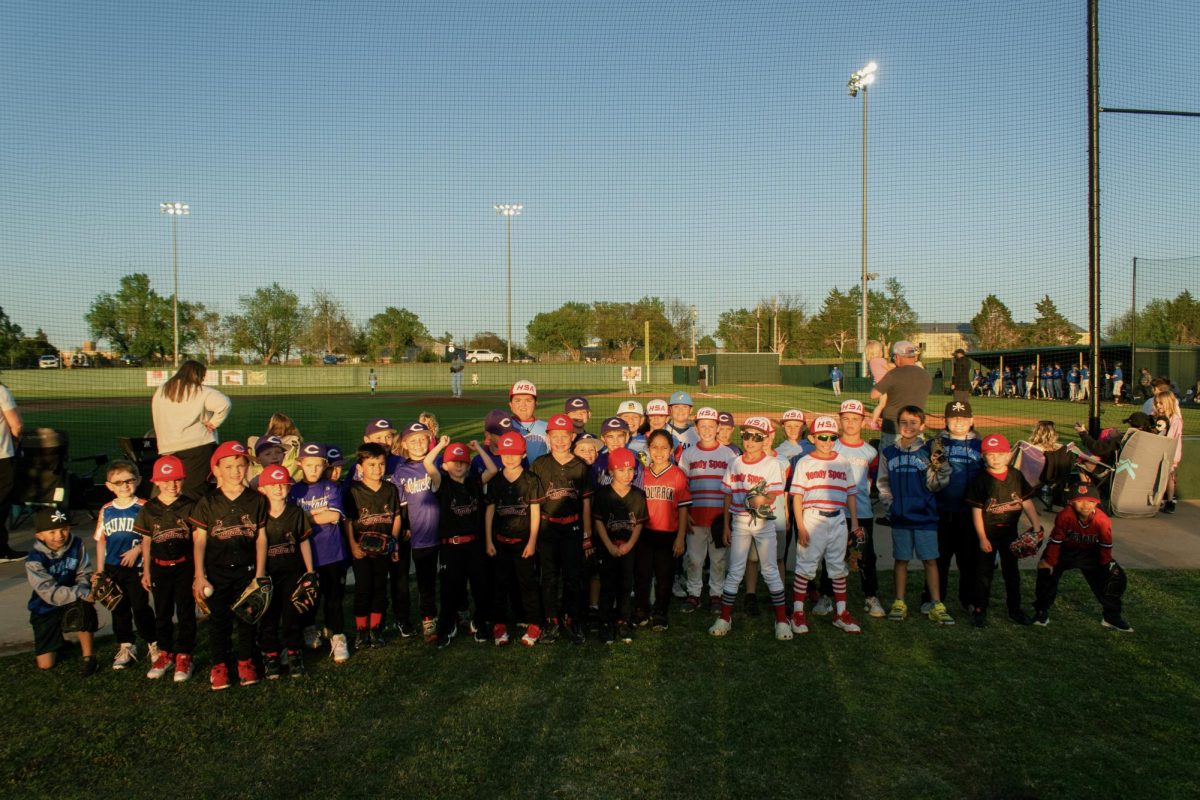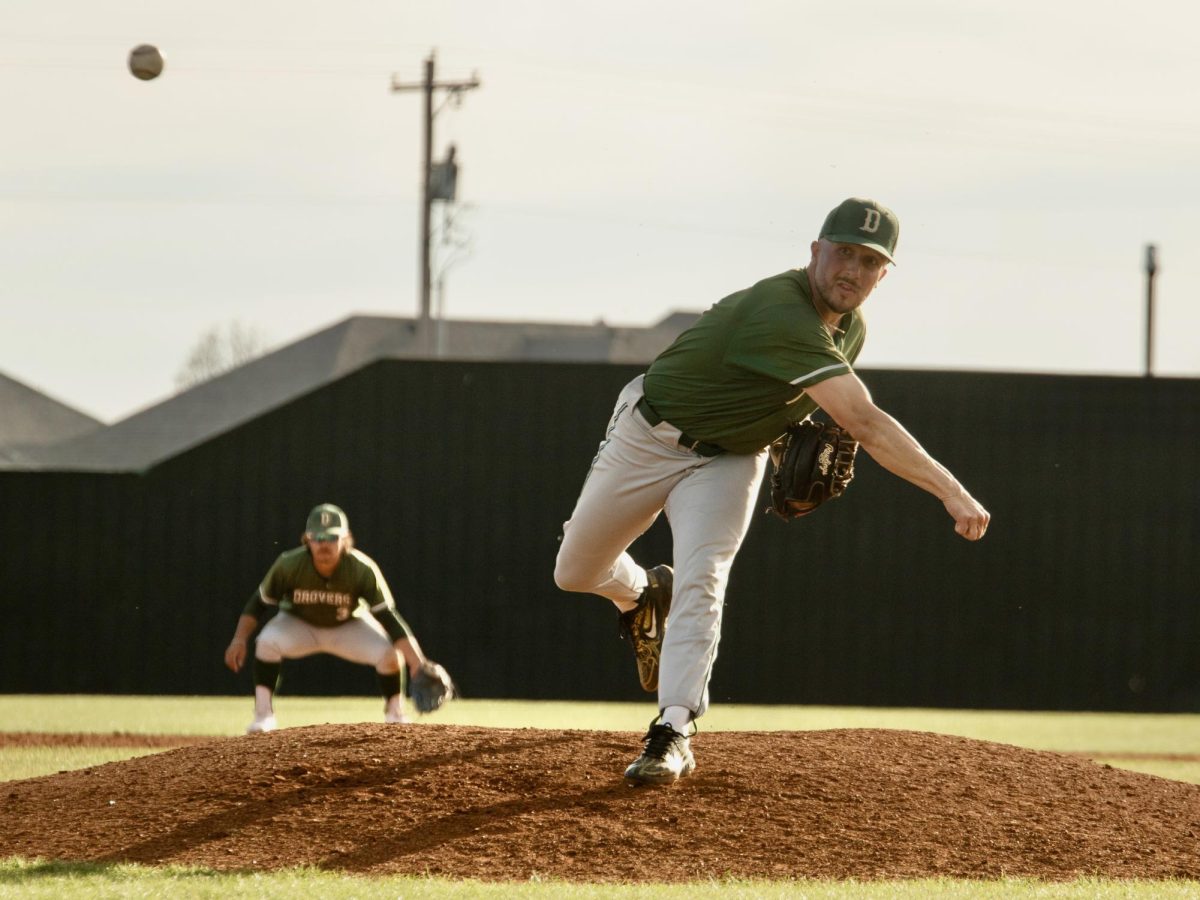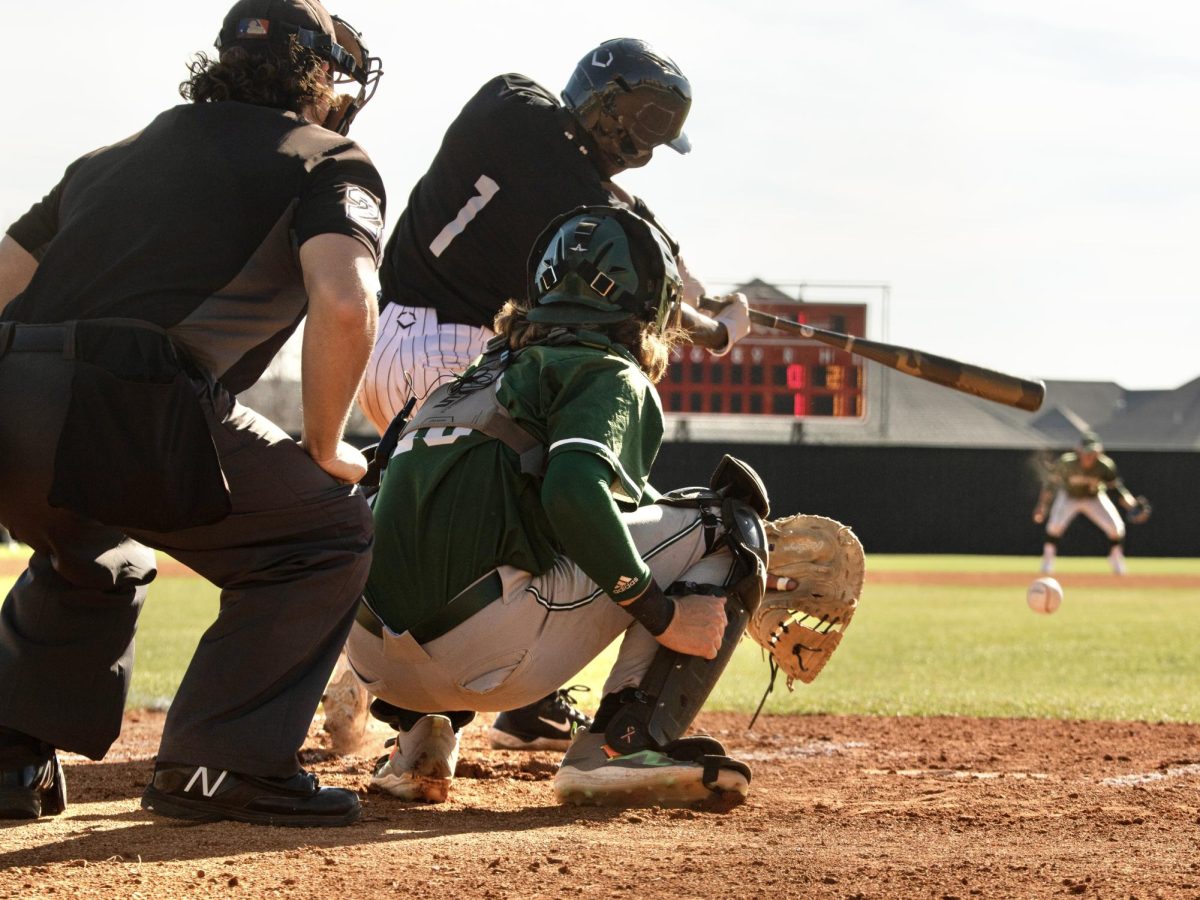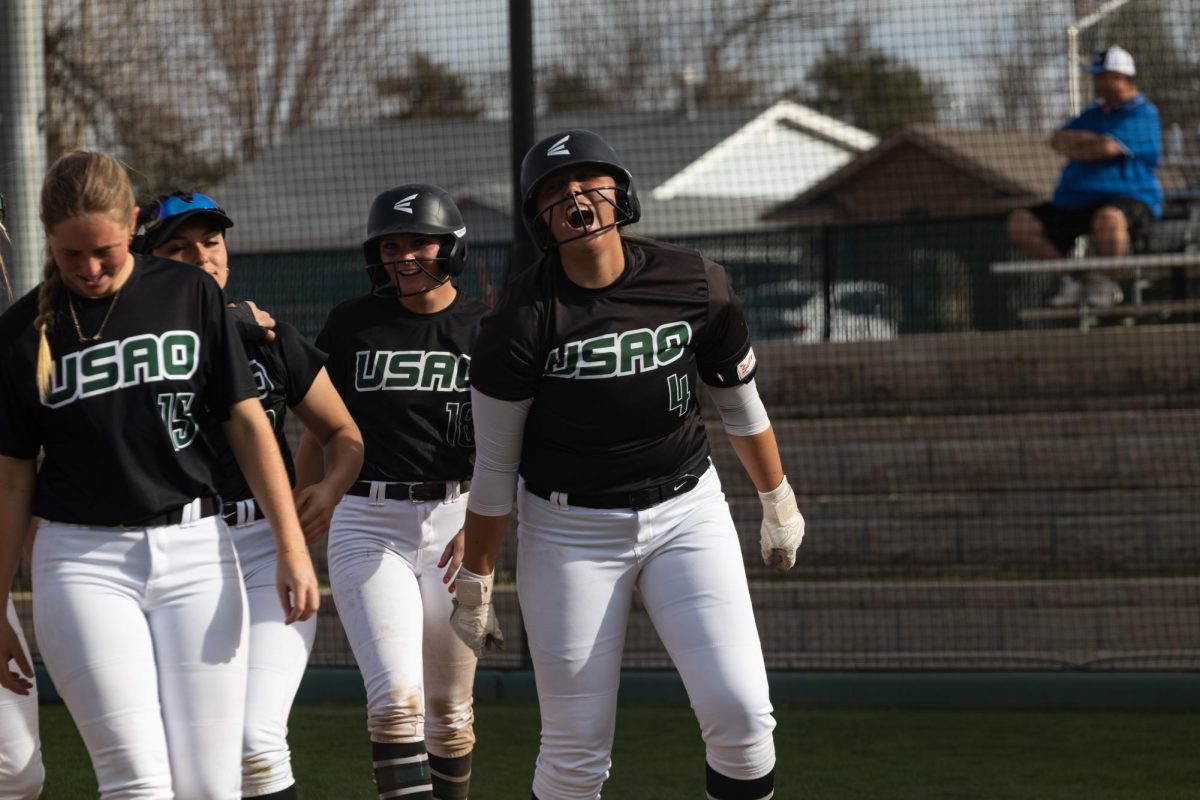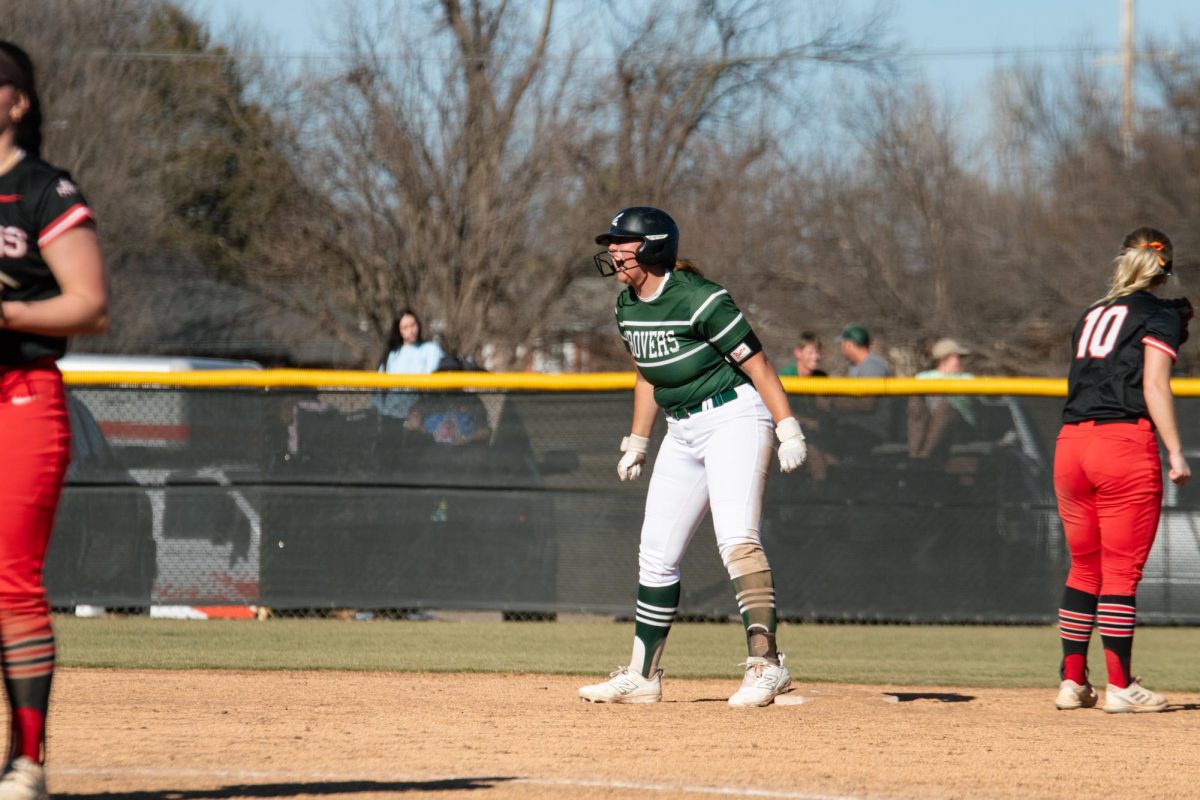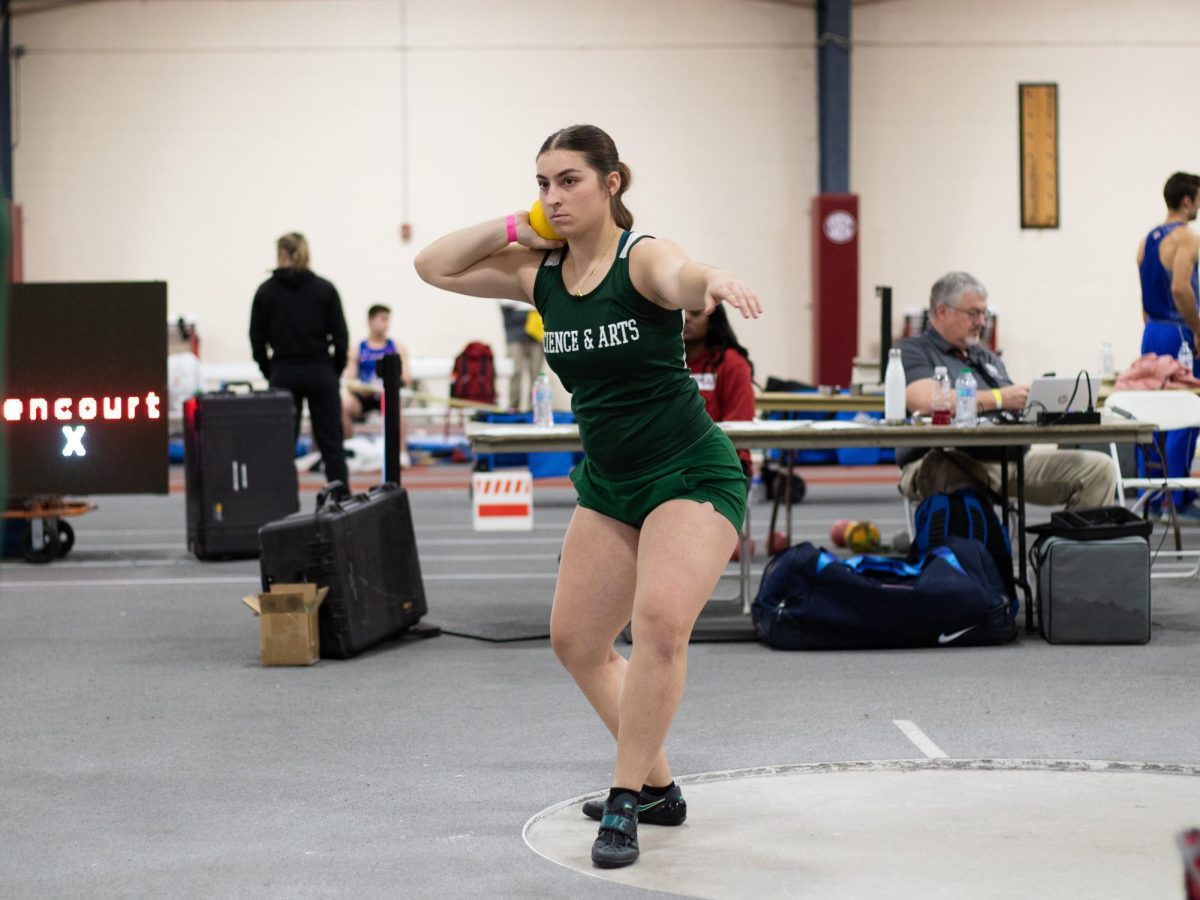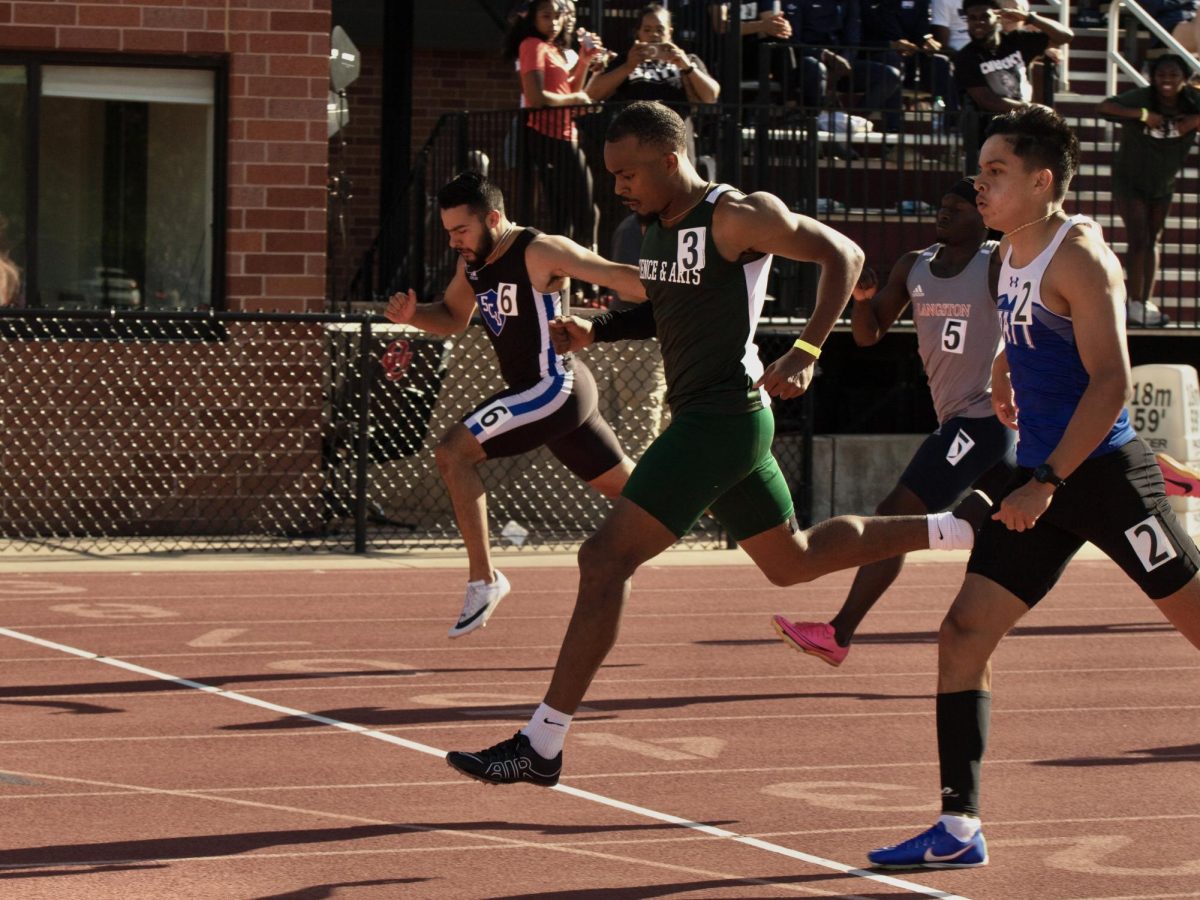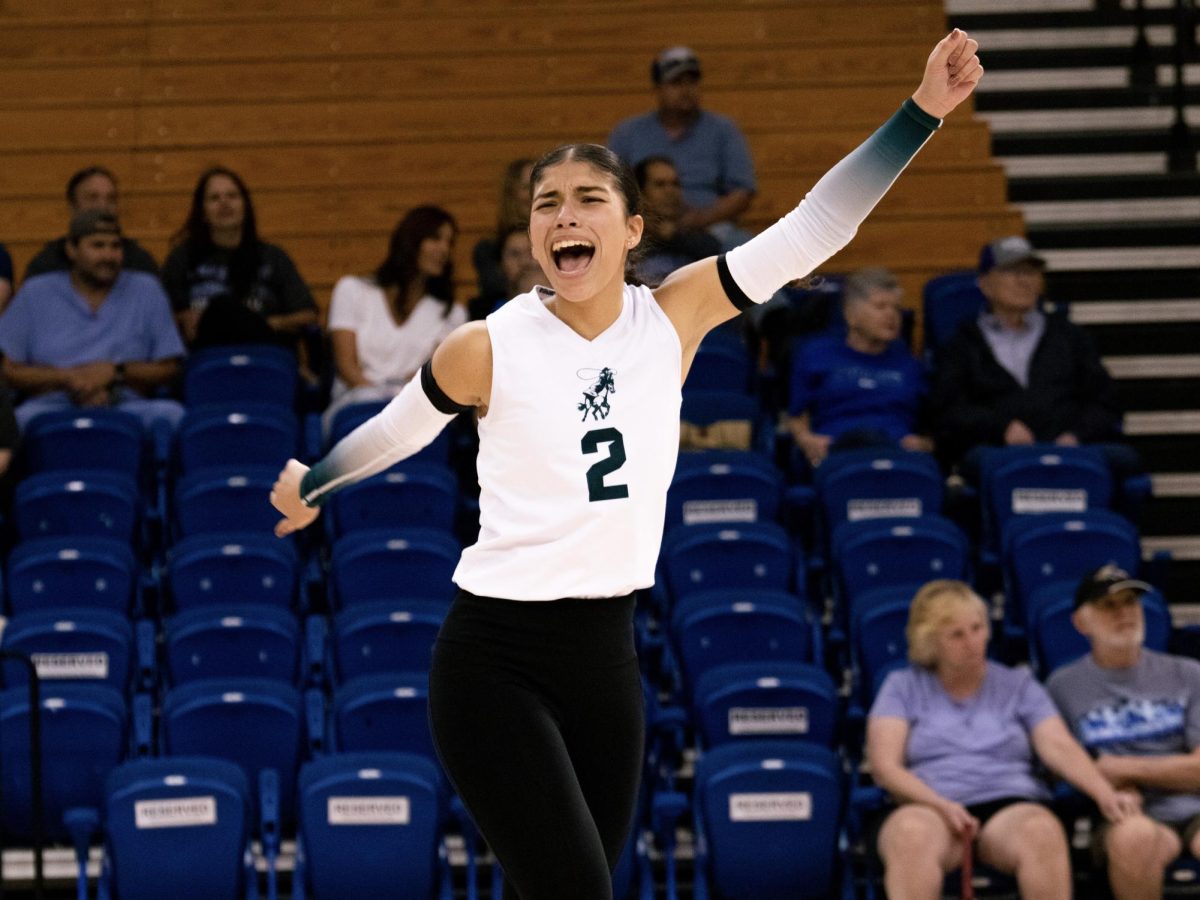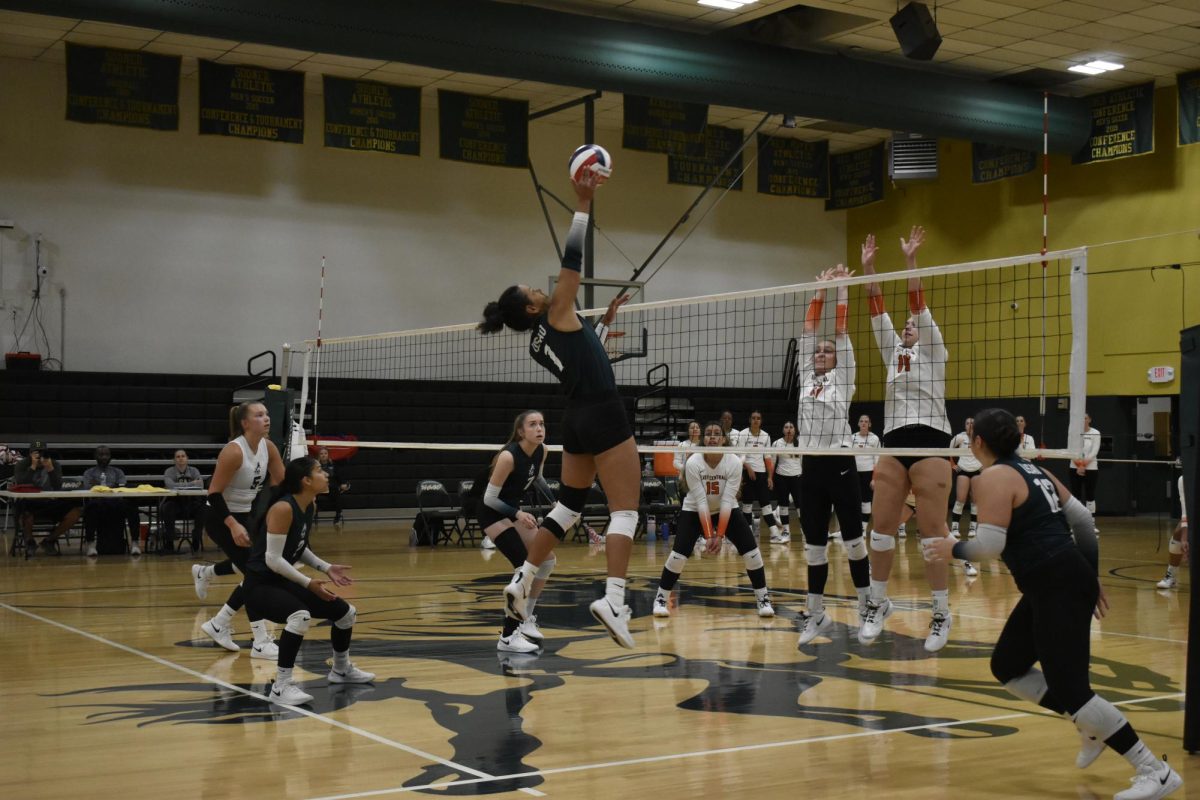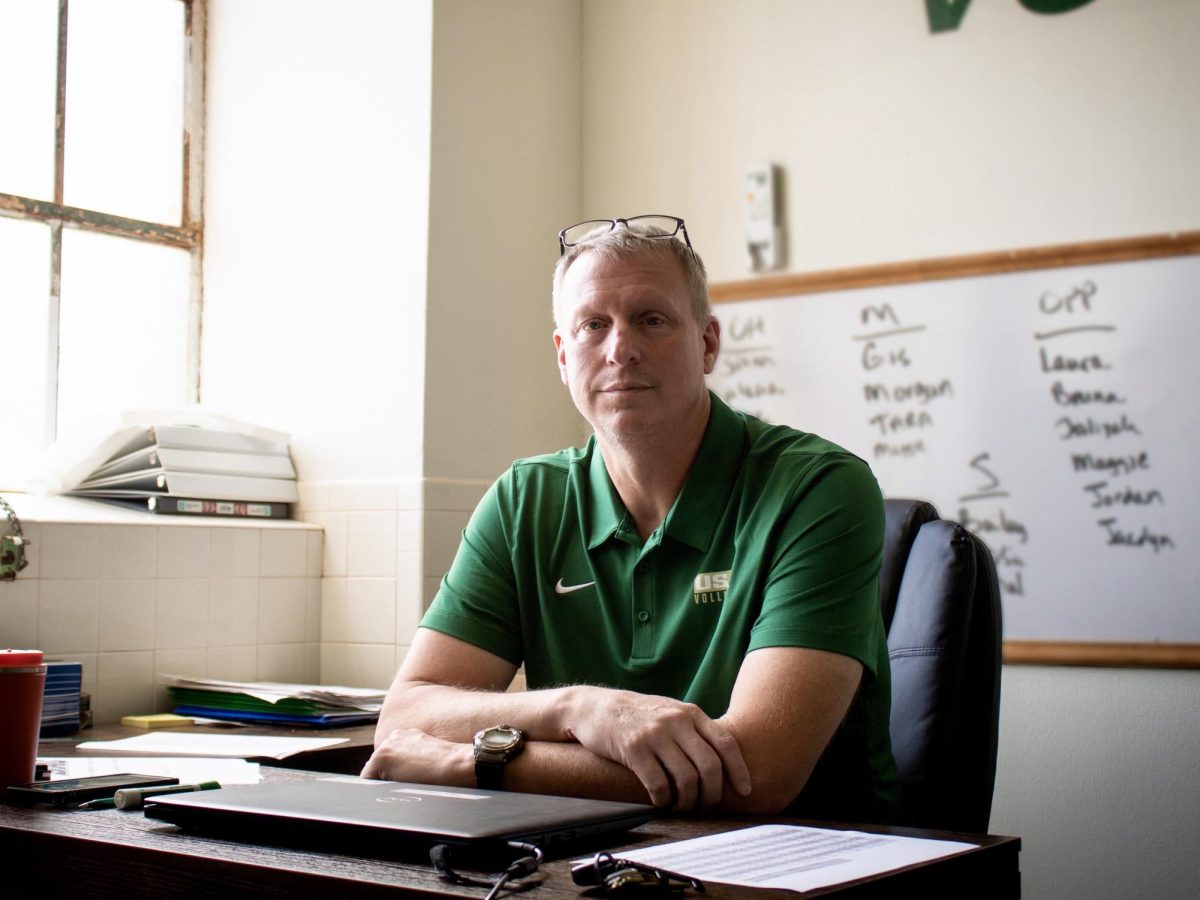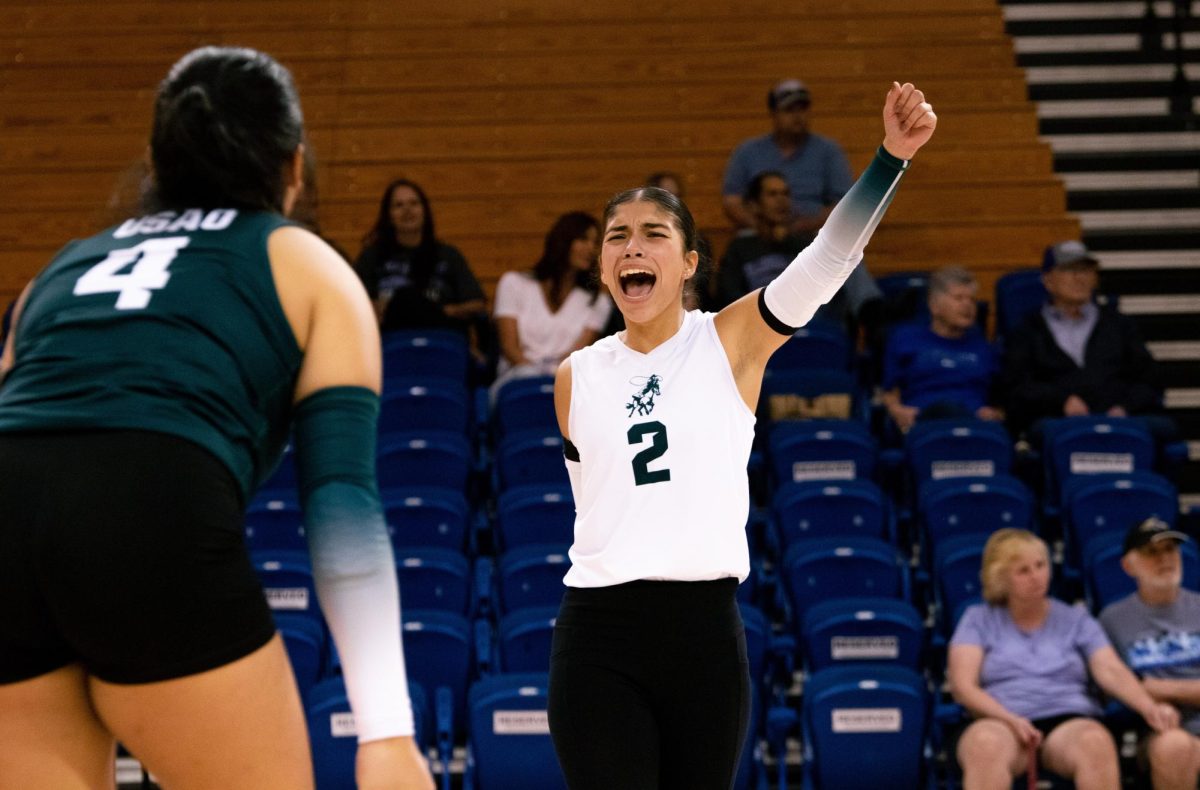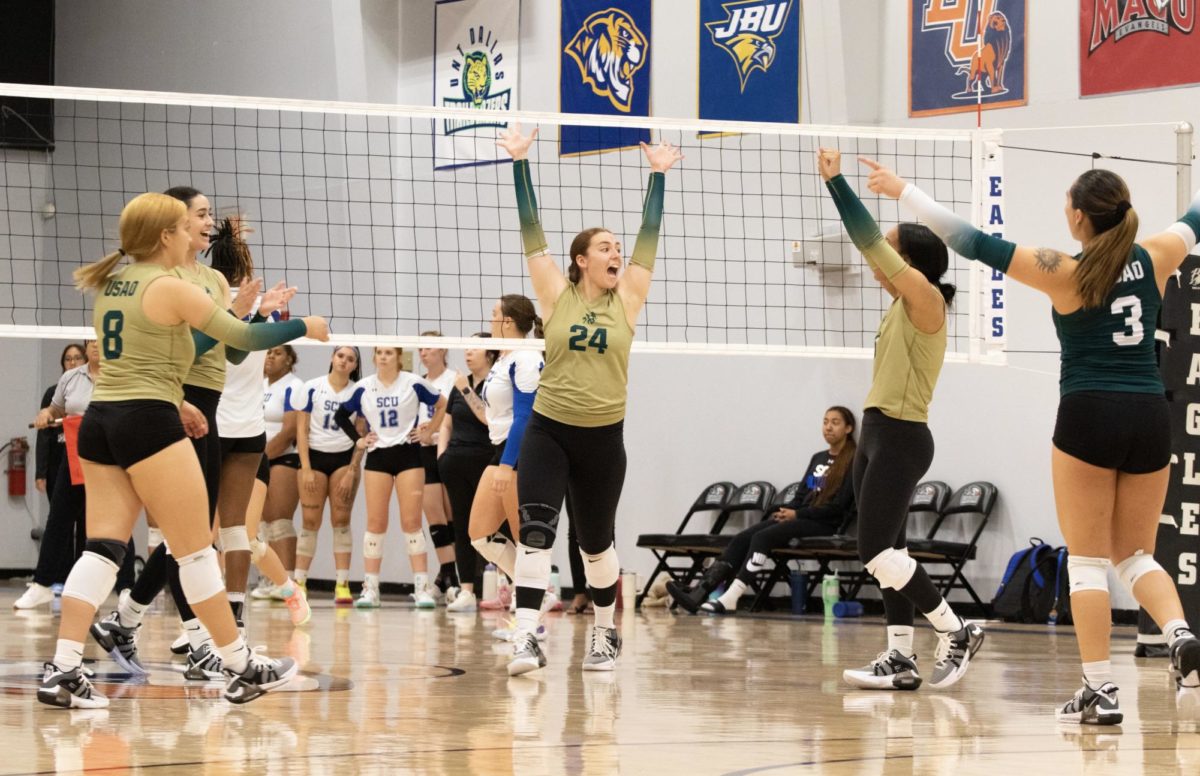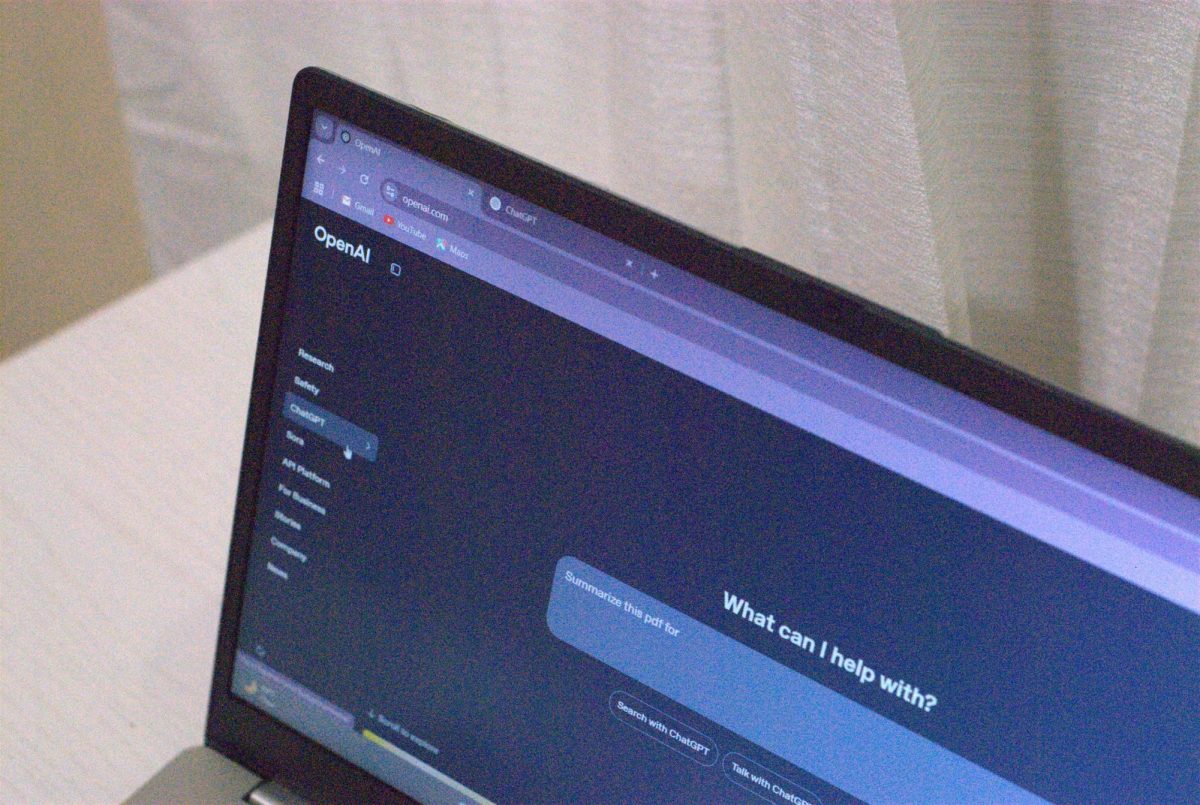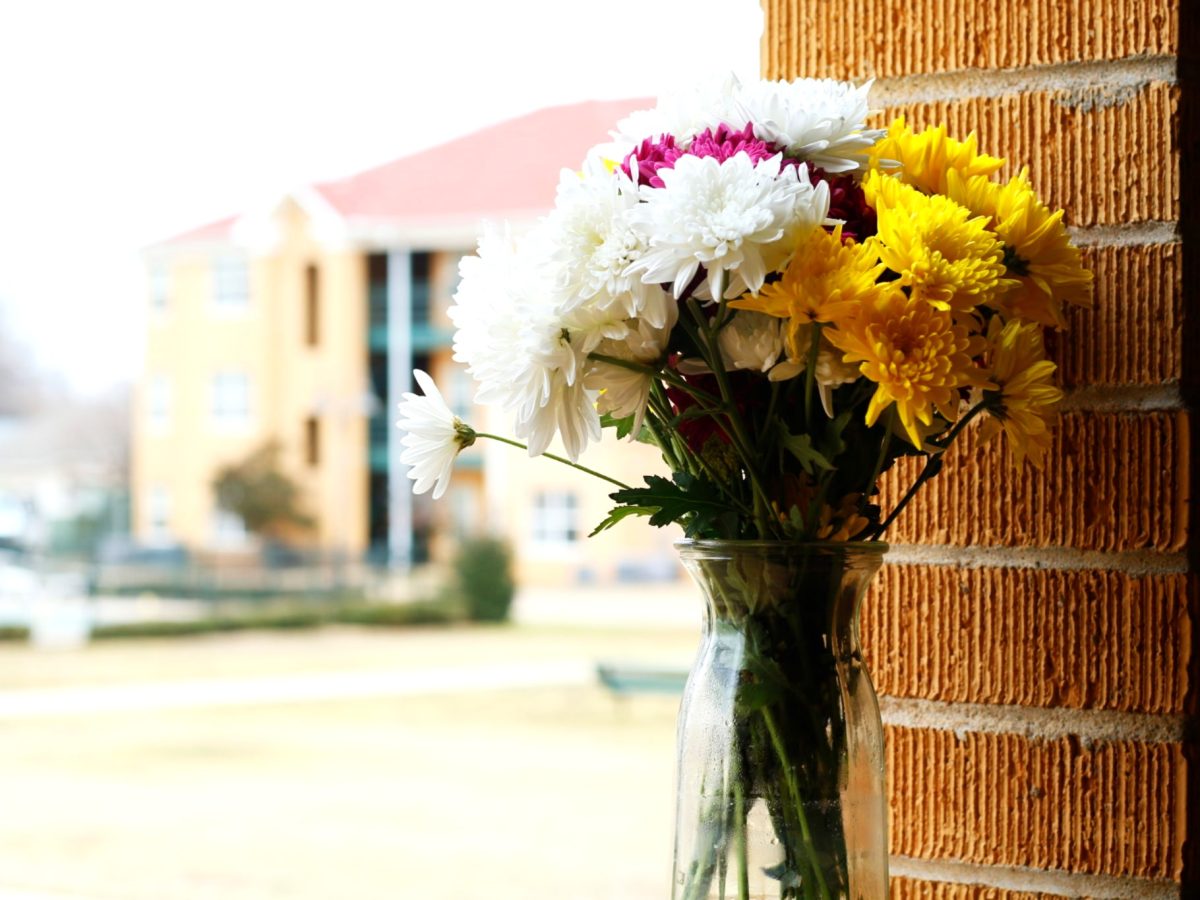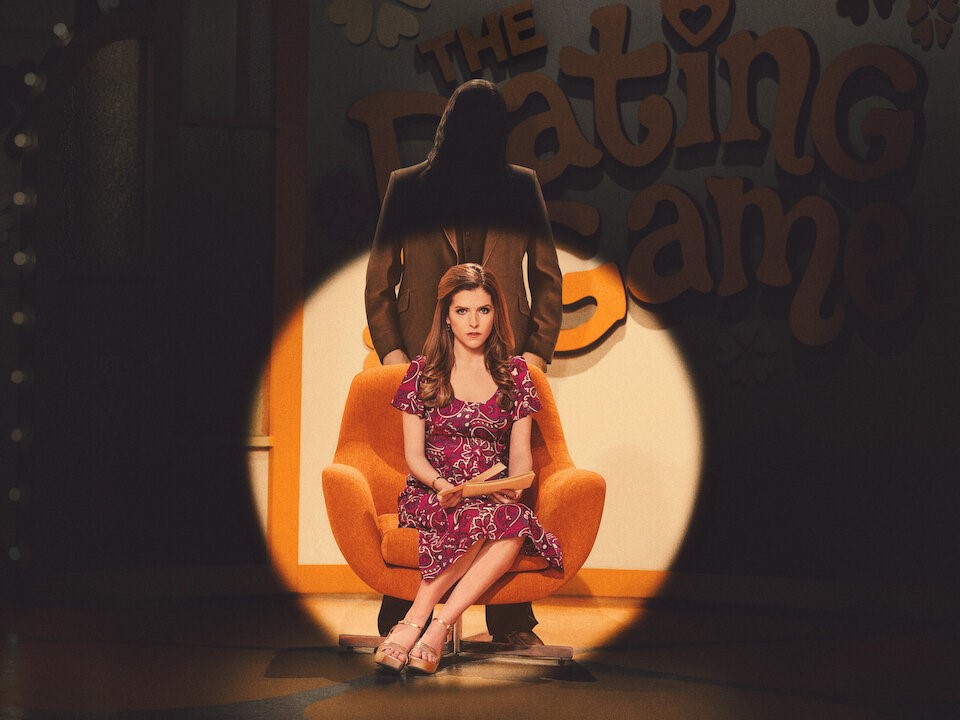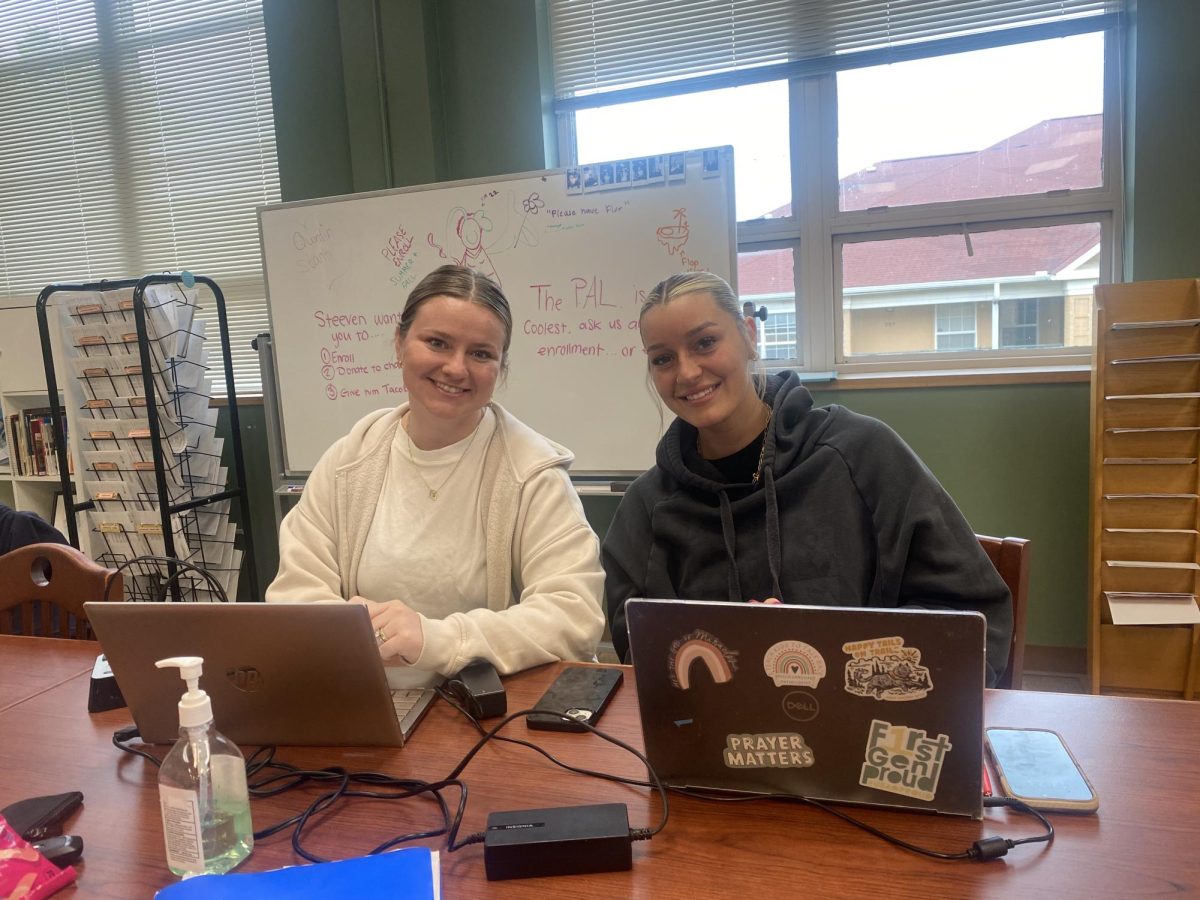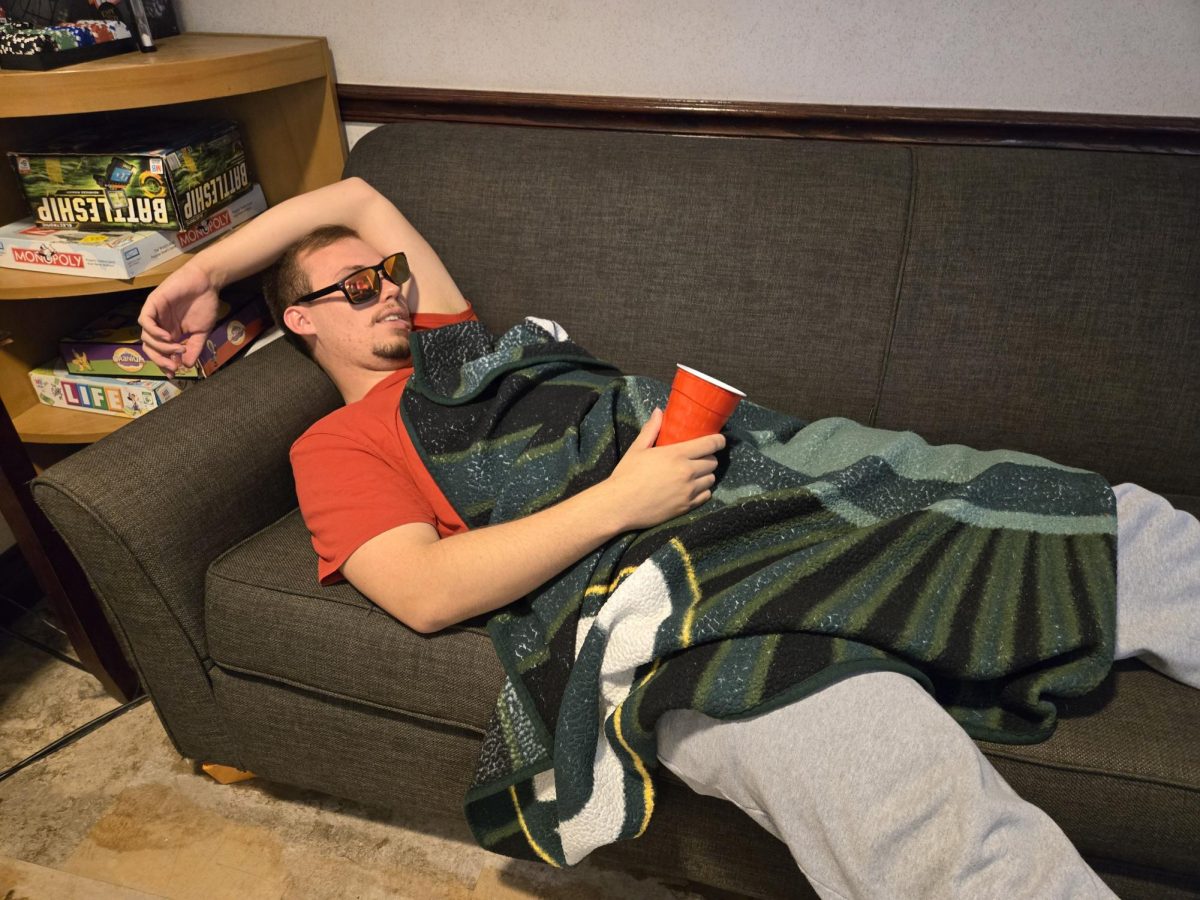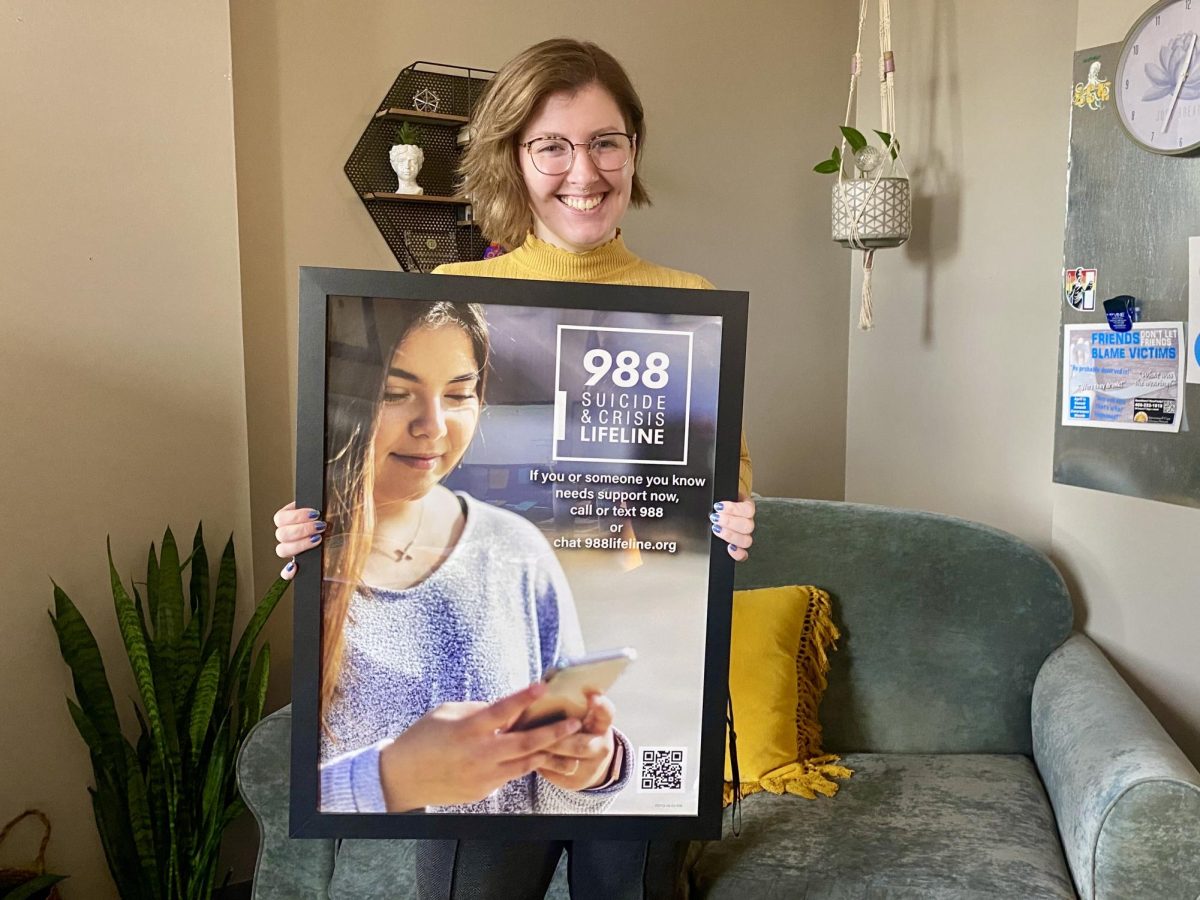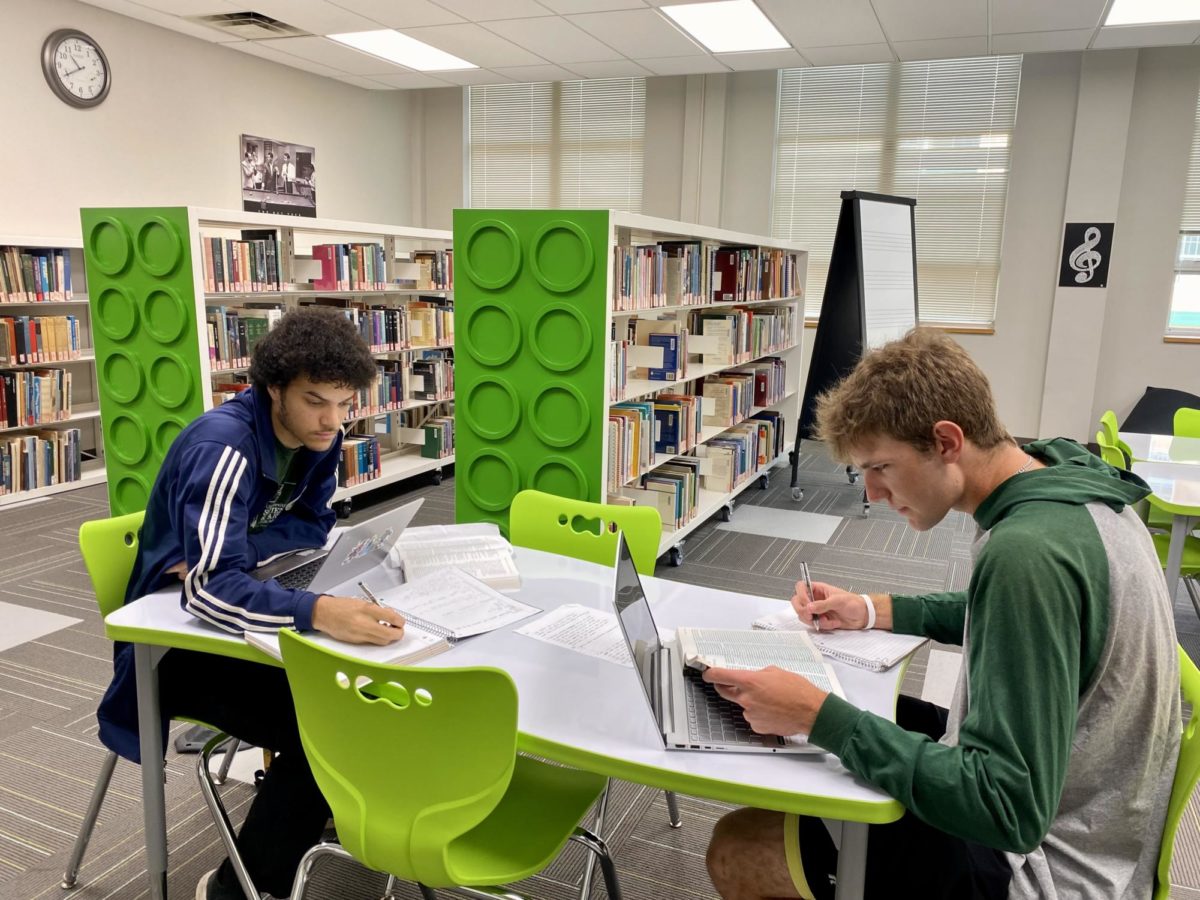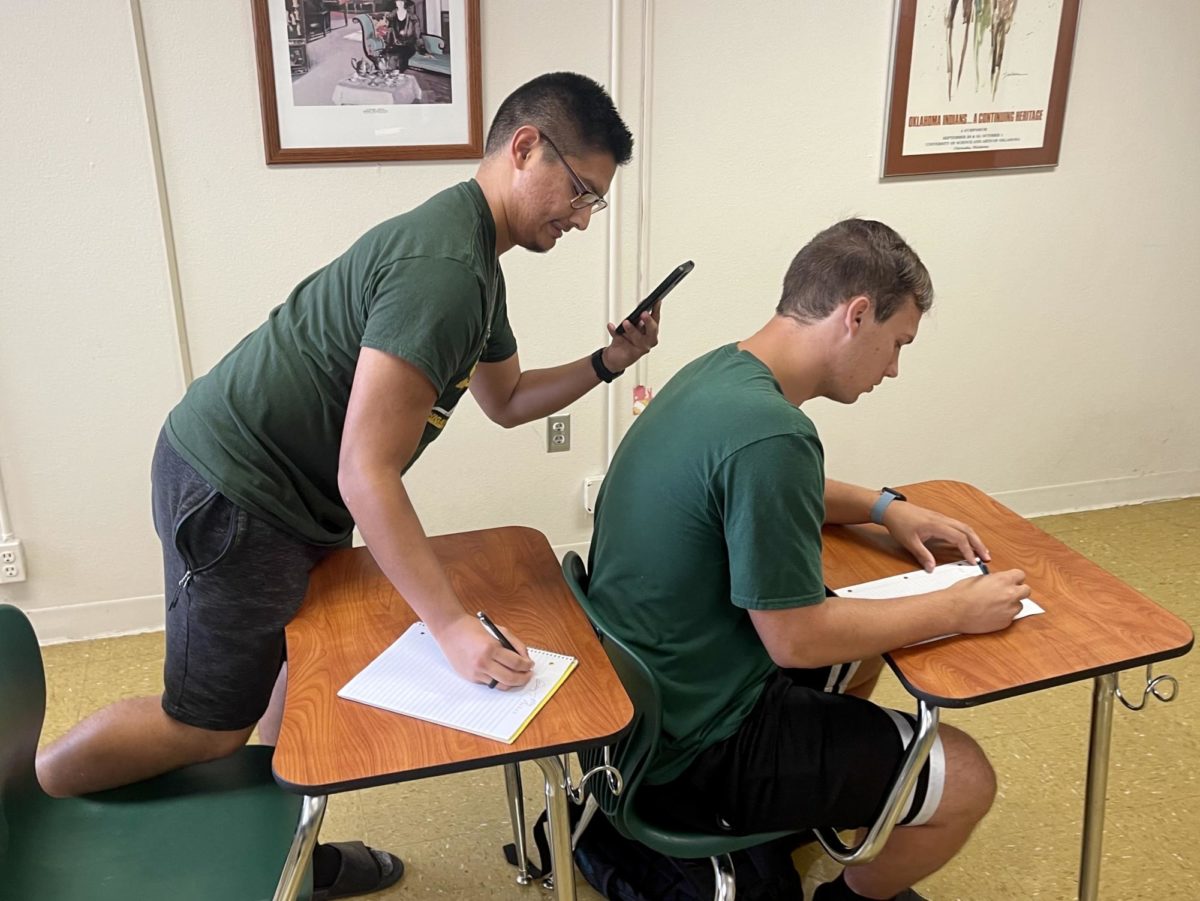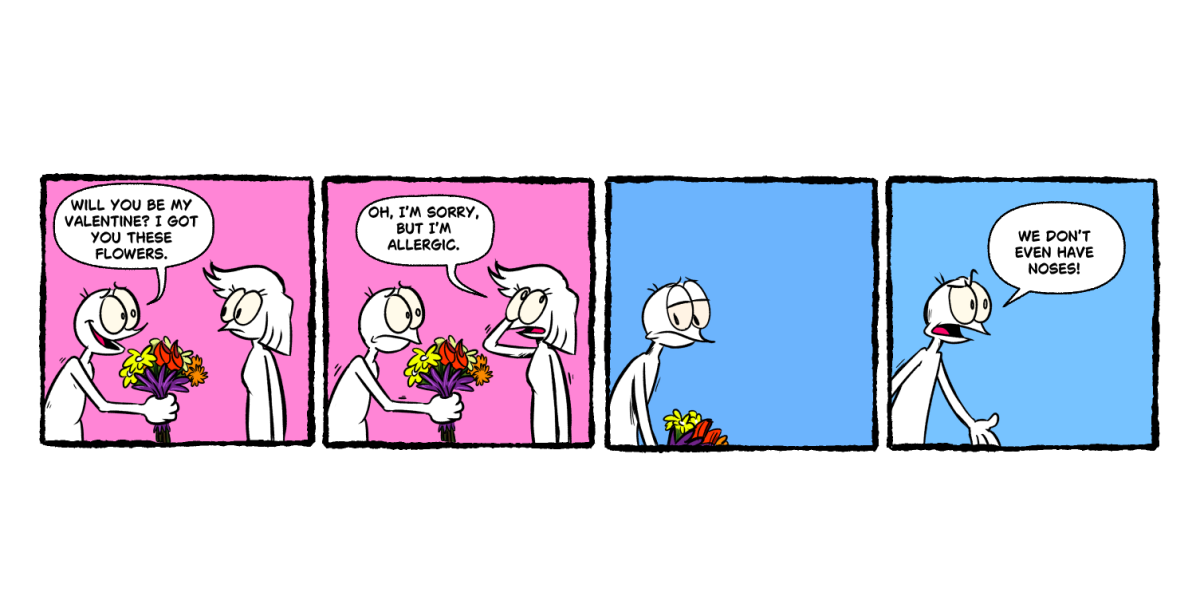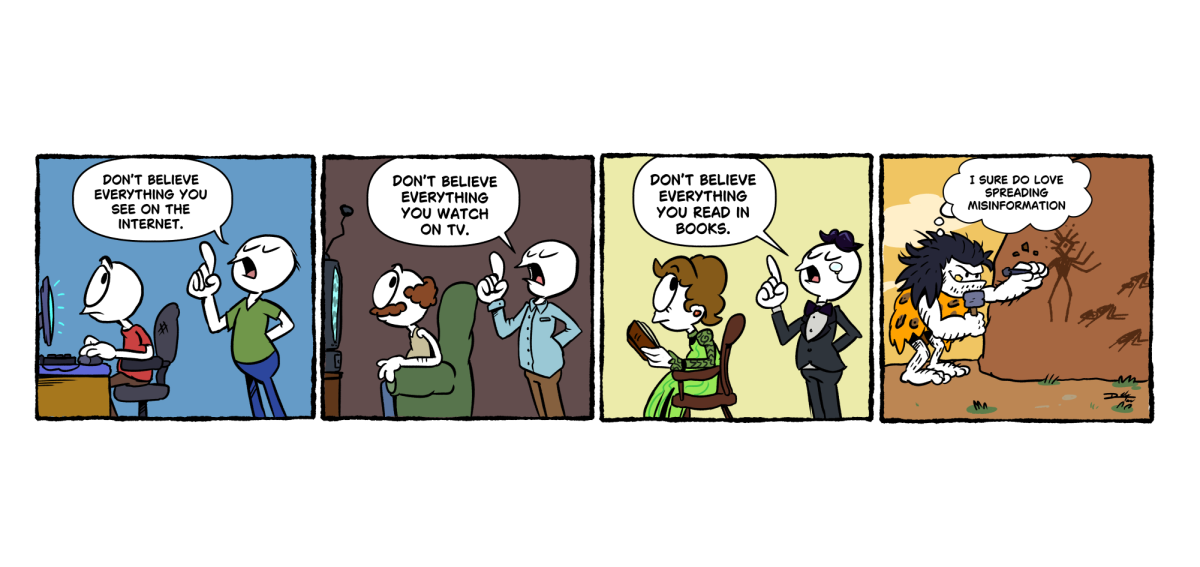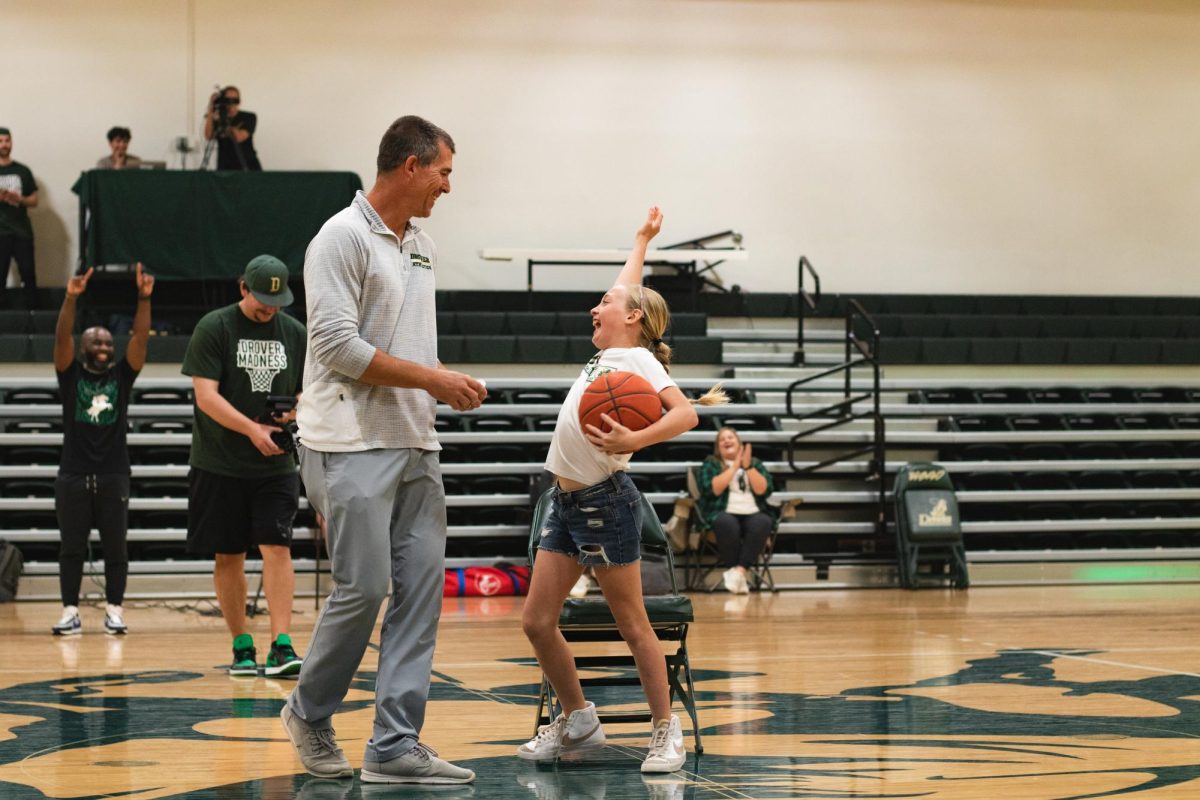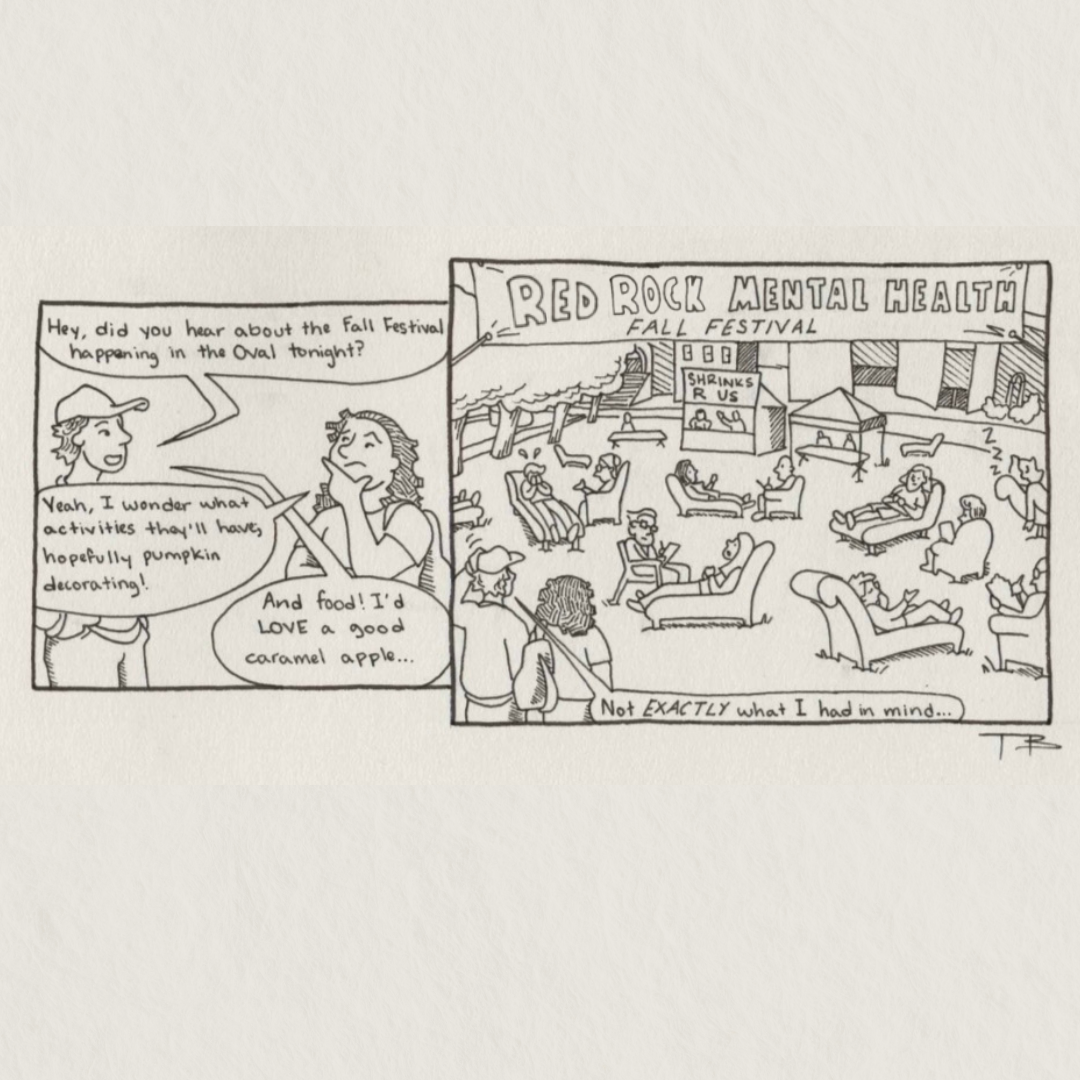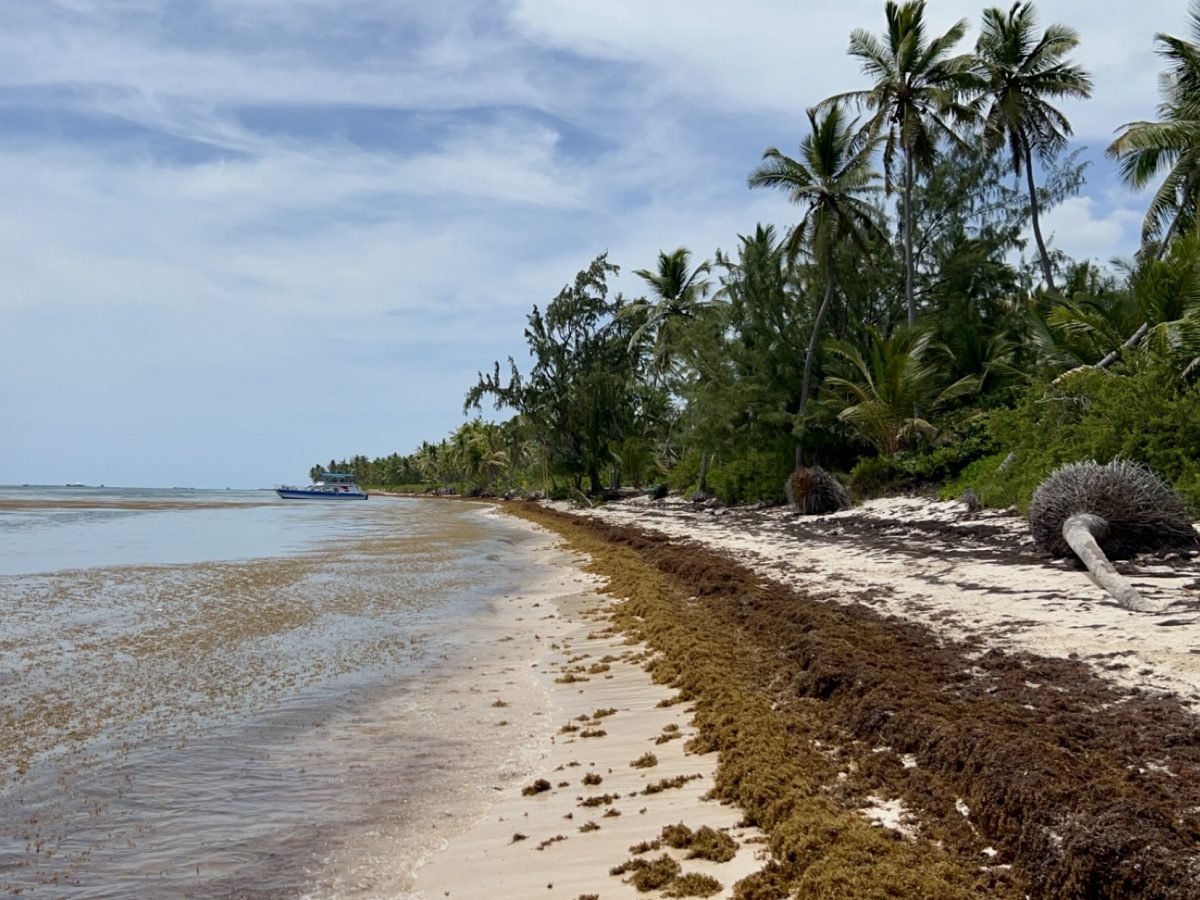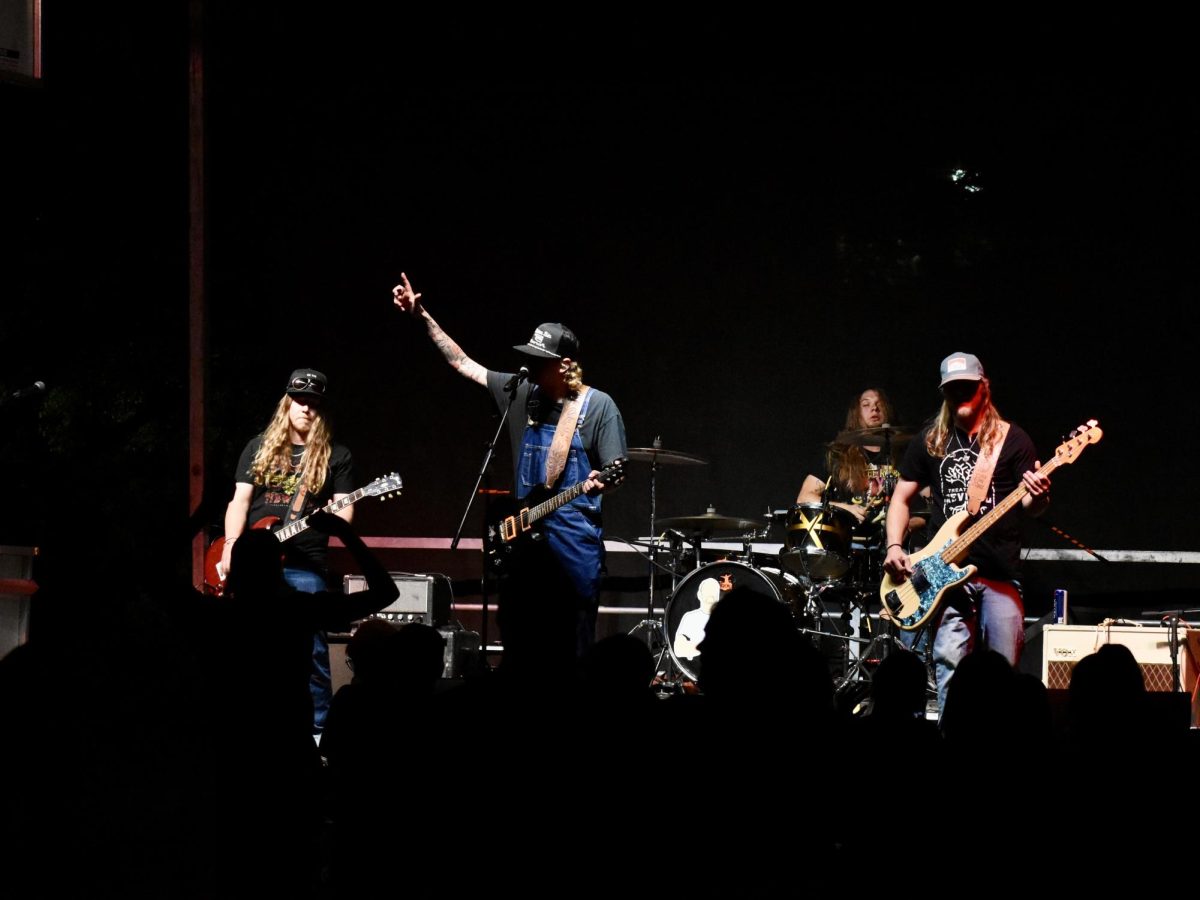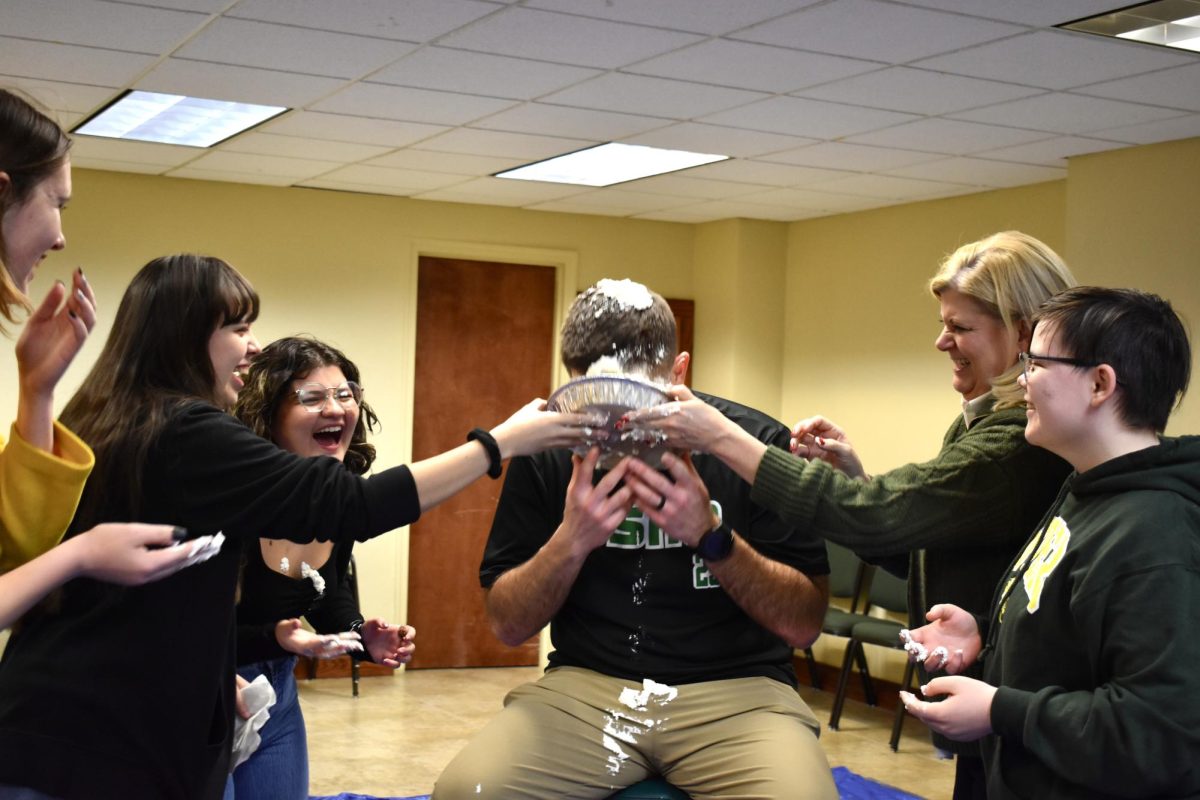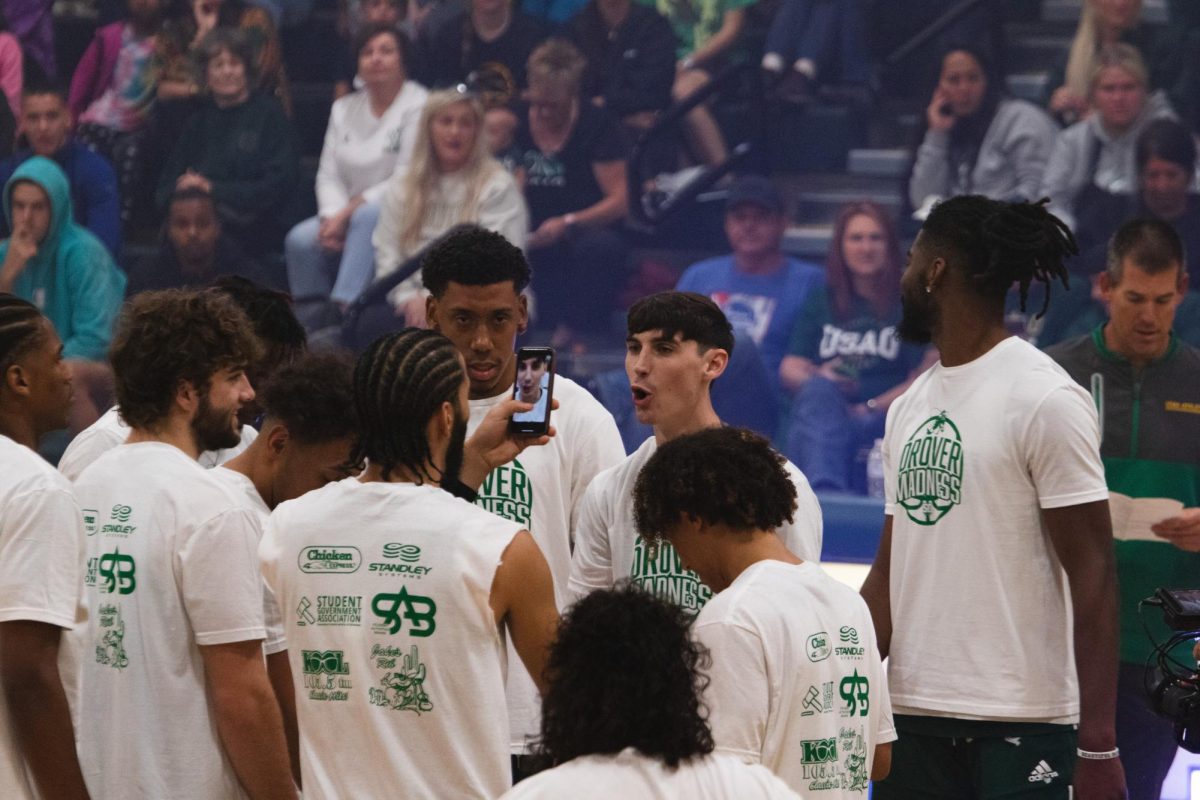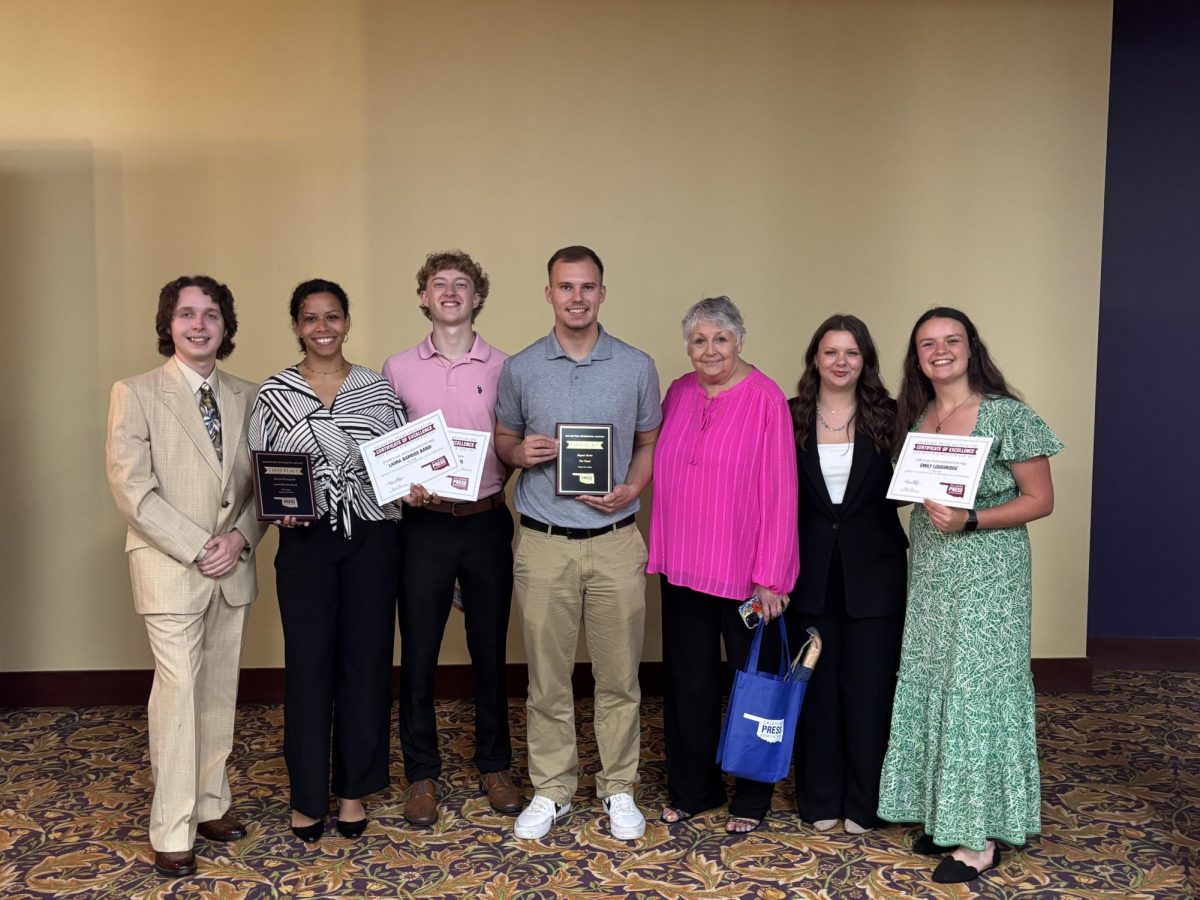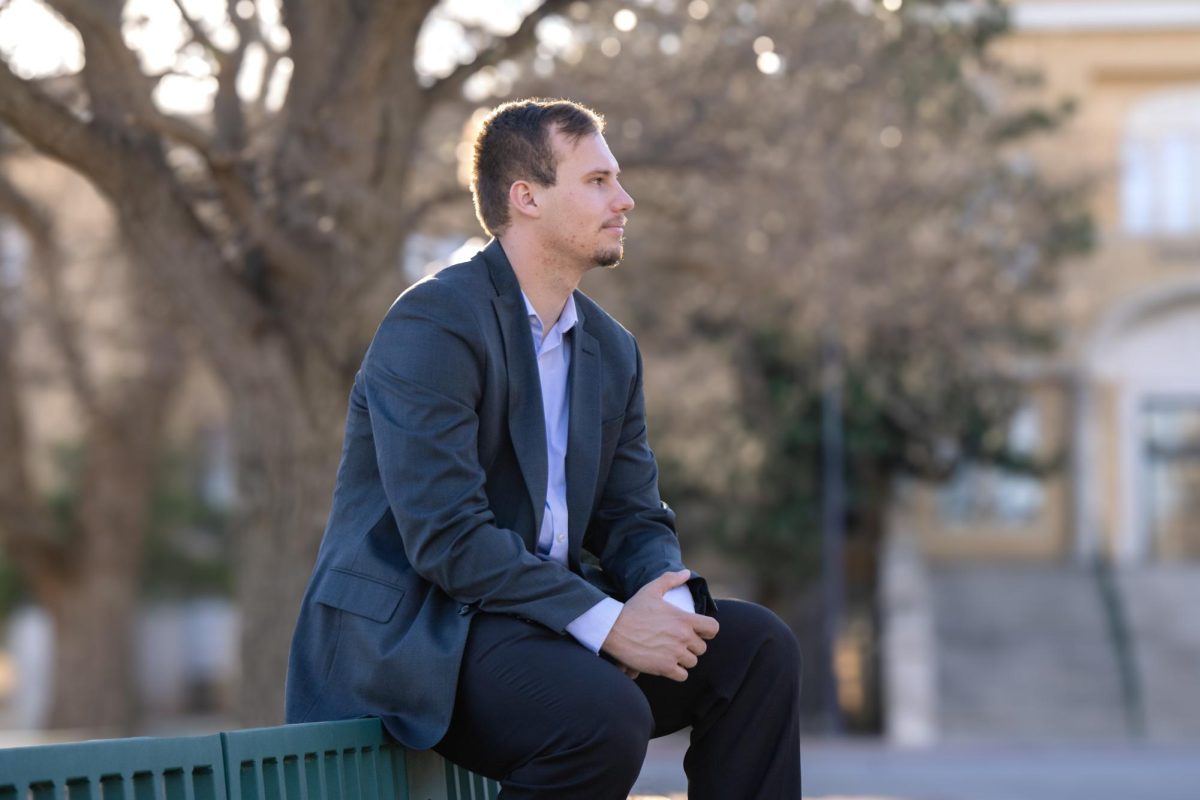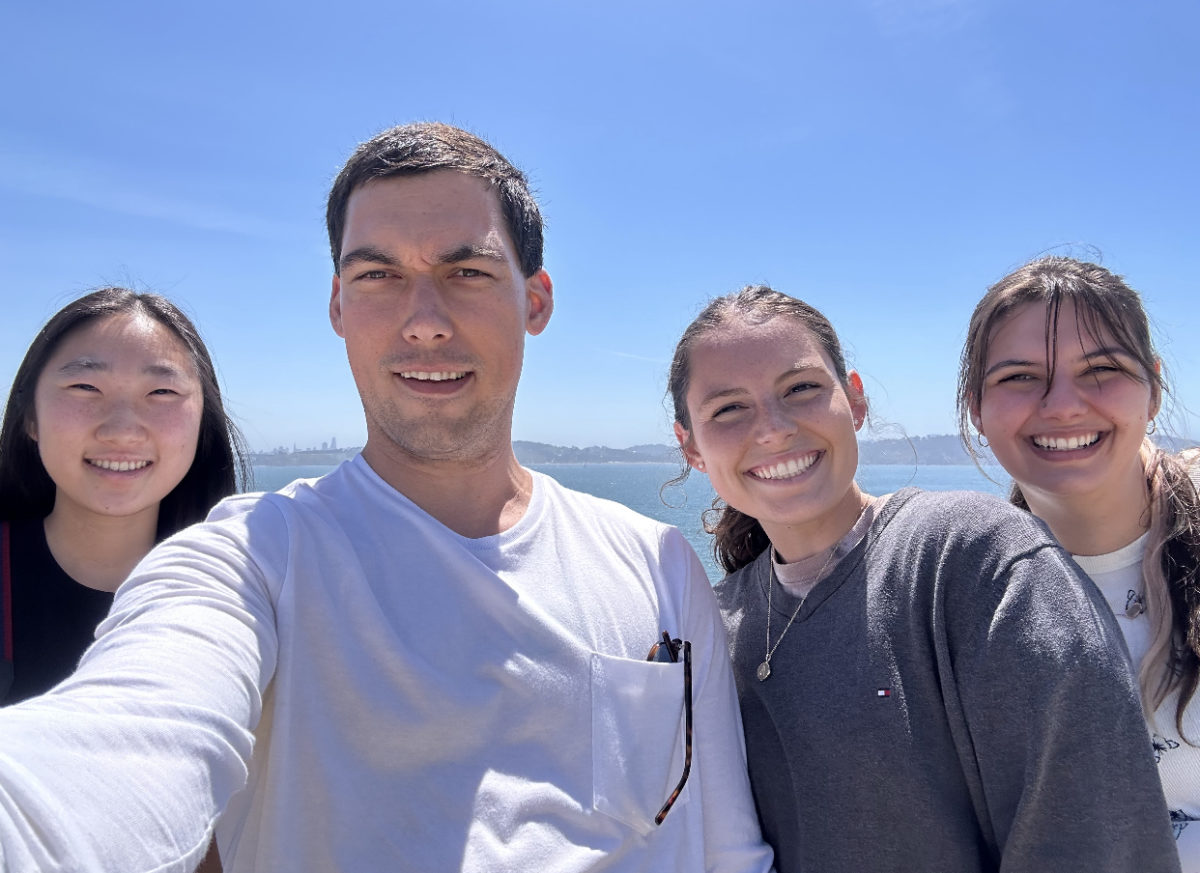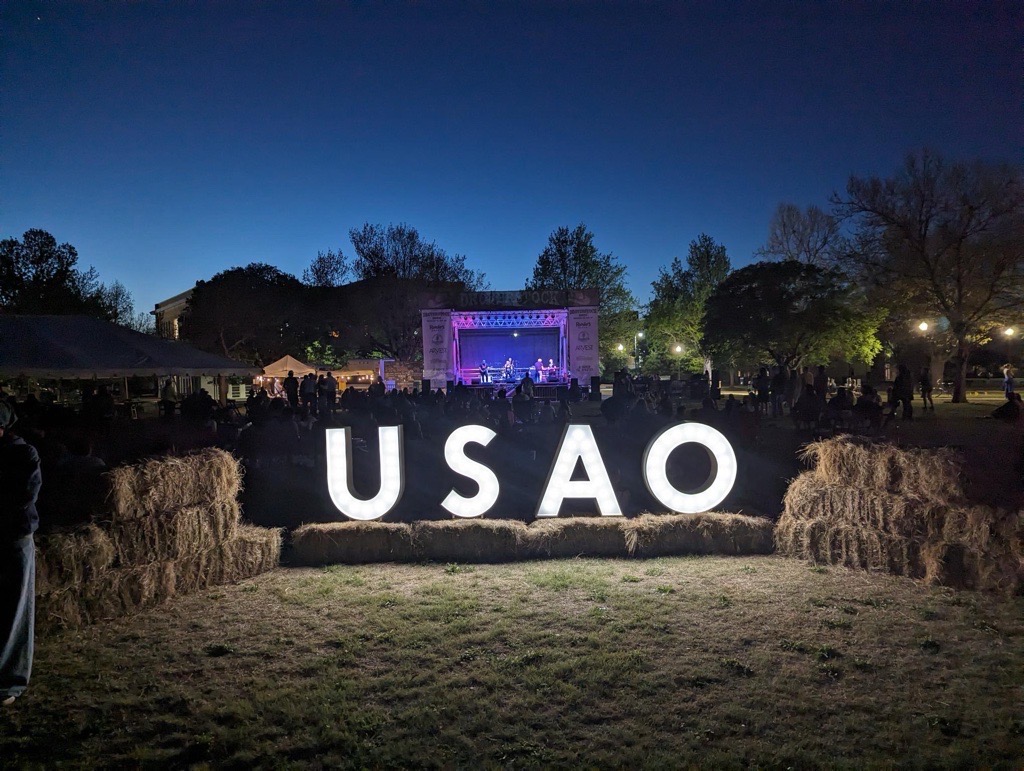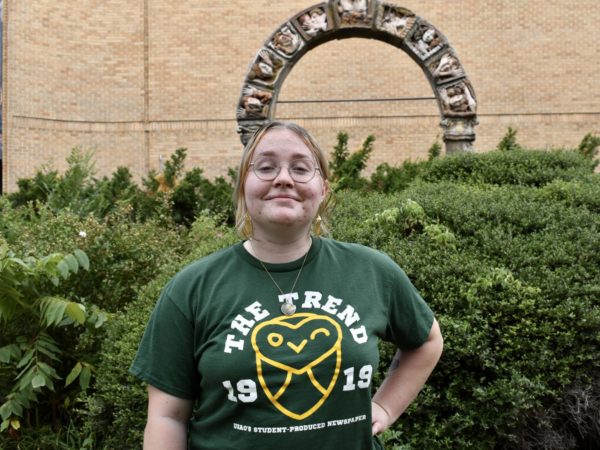With the summer trimester coming to a close, many student’s research projects are following that same trend. That includes Savannah Rivera, a senior environmental science and psychology, who’s been completing research at the Lawrence Berkeley National Lab, right next to the University of California Berkeley this summer.
By using data compiled from the Ameriflux system, Rivera has been comparing data from 32 wetlands across the Americas. Some of these sites have sensors for both methane and carbon fluxes, while others only have carbon flux sensors. By comparing the similarities and differences of these sites overall information can be complied to benefit future scientists.
If a specific location has a certain relationship with methane or carbon fluxes, then they can be compared to other sites to come to conclusions based on the surroundings and other factors.
“It essentially opens a door for future researchers into wetlands, as well for it to be analyzed further in terms of climate change,” Rivera said on her research and its benefit.
However, Rivera is leaving this to others that may come in the future. She said that she is preparing for graduate school, and therefore placing her research in another researcher’s hands.
Future work could include climate change studies, and researching the possible correlation between air temperature, methane, and carbon fluxes.
So, why are wetlands important anyway? Wetlands have an immense amount of biodiversity, and they specifically have a huge effect on climate change due to the microbes in the soil. They emit a lot of methane into the atmosphere, which is a concerning greenhouse gas.
“It will be extremely interesting to see the relationship, if any, between methane and carbon fluxes with air temperature specifically,” Rivera said on the relationship this study could be a precedent to.
As an Oklahoma native, Rivera went through an adjust period while living in California this summer. She said without a car, she has relied on the multitude of local transport systems, including the Bay Area Rapid Transport (BART). This, along with shuttles around campus, have shown to be very beneficial.
“It’s so different from Oklahoma, in a good way,” Rivera said. “It’s great, but it’s also been much more expensive, with it typically not being less than $15 to get simple fast food. It definitely showed me some things I would like and not like in my future.”
Bea Bourland is a second-year Biology and Environmental Science major at the University of Science and Arts of Oklahoma.

